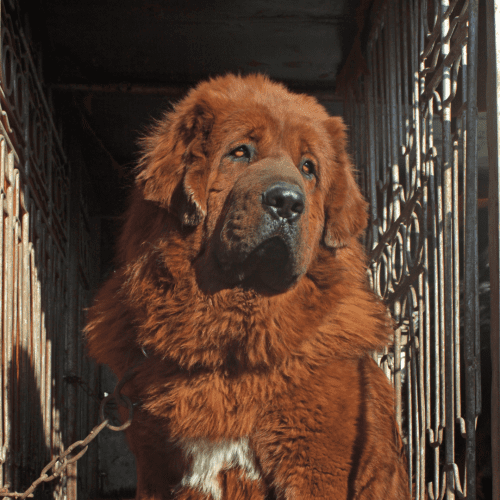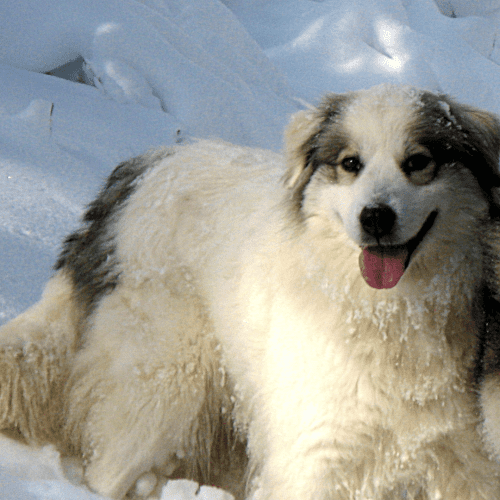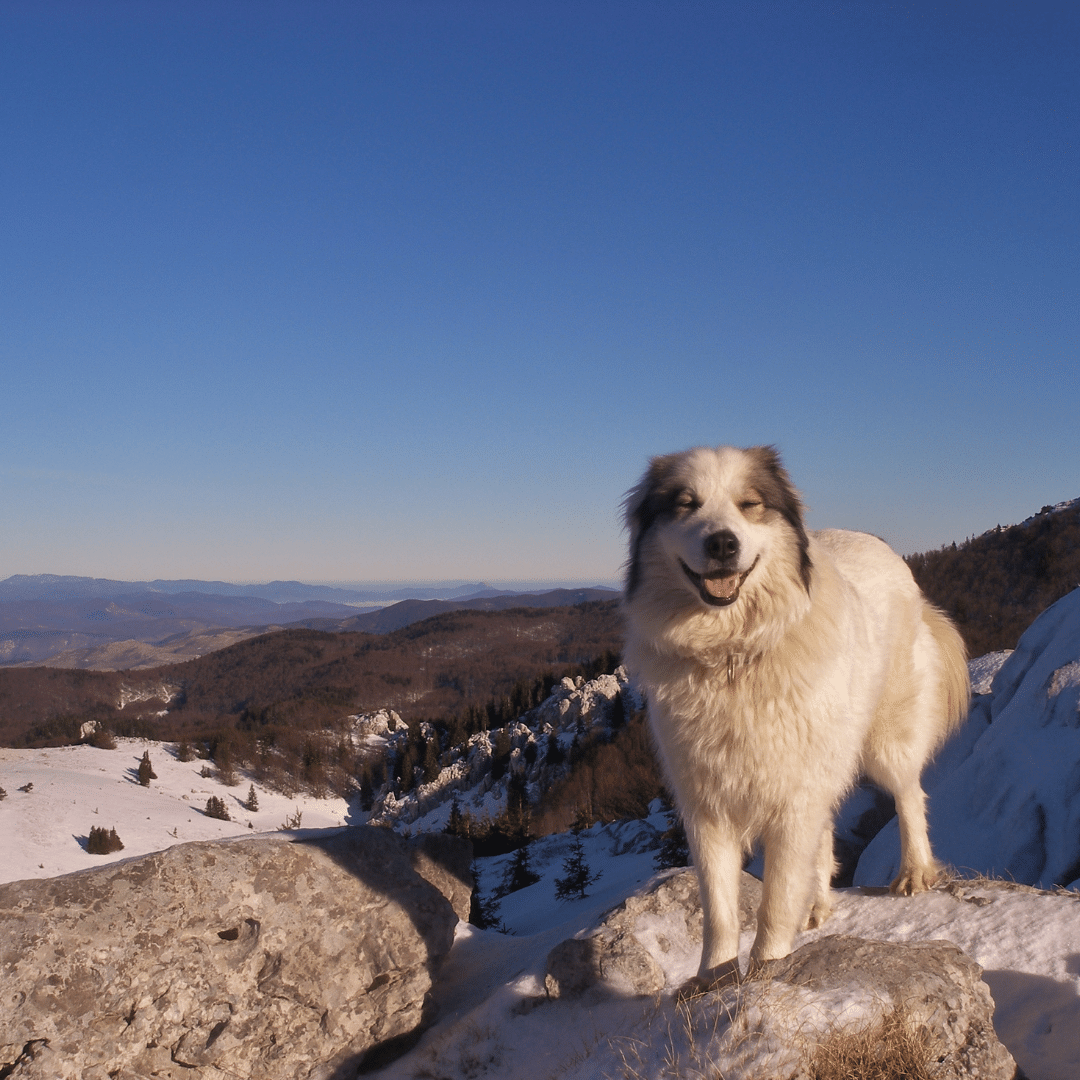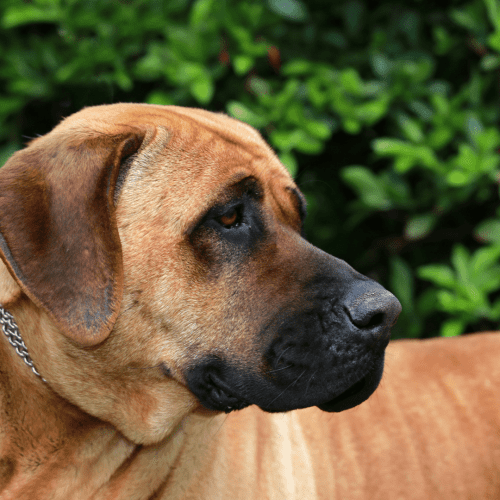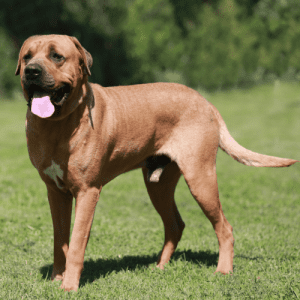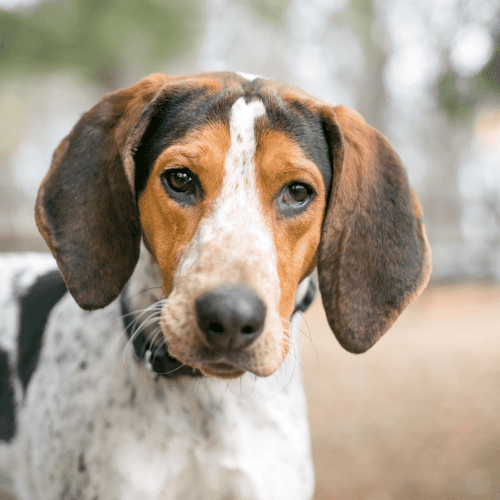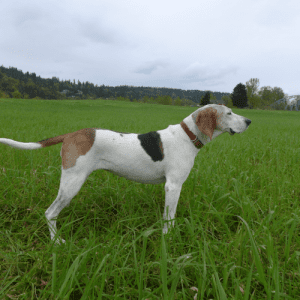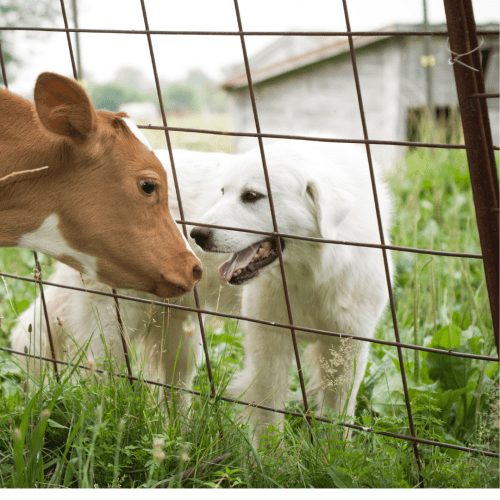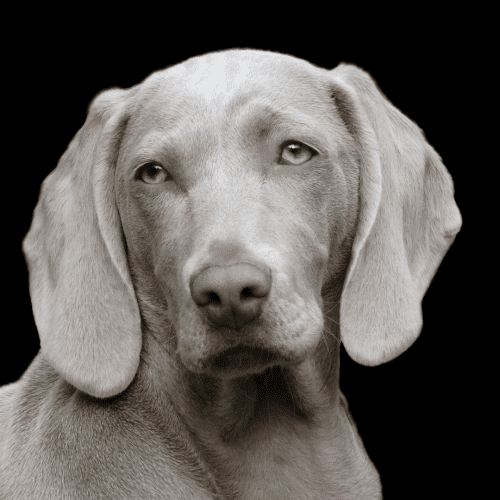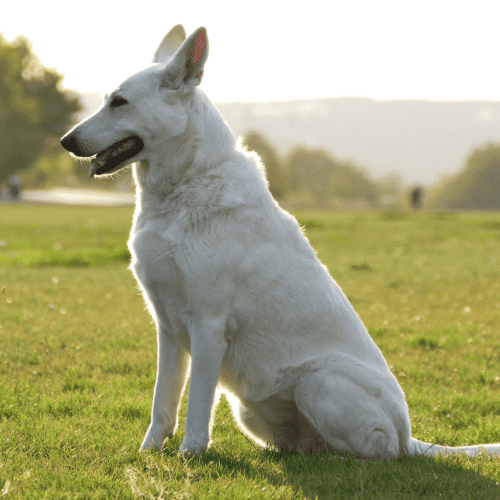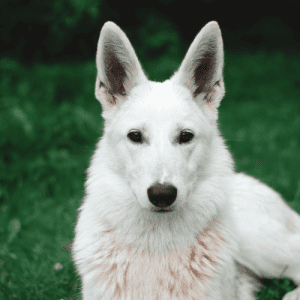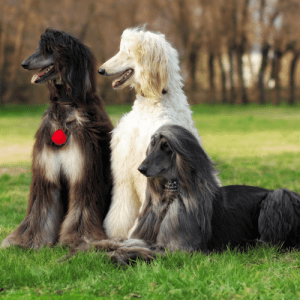
What Is The History Of The Afghan Hound Breed?
The Afghan Hound is a hound native to the mountainous regions of Afghanistan. The Afghan Hound has a thick, fine, silky coat, which helps protect them from the cold weather in its native habitat. They are also known for being independent and aloof, making them difficult to train. However, with patience and consistency, they can be wonderful pets. Afghan Hounds are not best suited for first-time dog owners due to their high energy levels and need for coat maintenance.
What Does an Afghan Hound Look like?
The Afghan Hound has a distinctive appearance, with a long, silky coat often described as “flowing.” The coat can come in various colors, but black, cream, and red are the most common. The Afghan Hound also has a long tail that is often carried over the back. The breed is known for its regal and dignified appearance and is usually considered amongst the most beautiful dog breeds in the world.
How Big Is An Adult Afghan Hound?
Afghan Hounds are known for being elegant and regal-looking dogs, and their size is part of what contributes to this look. The average adult Afghan Hound male is about 28 inches tall at the shoulder and weighs about 55 pounds. The average adult female is about 25 inches tall at the shoulder and weighs about 45 pounds. However, due to variations within the breed, so some individual dogs may be larger or smaller than these averages. Afghan Hounds are large dogs, but they are not the biggest breed. Some other breeds, such as the Great Dane and Saint Bernard, are much larger.
Are There Different Types Of Afghan Hounds?
There are a few breeds similar to the Afghan Hound, including the Bakhmull, Saluki, and Sloughi hounds. Bakhmull hounds are used for hunting in Afghanistan, and are kept as pets by some people in Pakistan. They have a similar appearance to the Afghan Hound, but are not as tall. The Saluki is a type of sighthound that originates from the Fertile Crescent in southwestern Asia. It is one of the oldest dog breeds in existence, and is thought to be related to the Afghan Hound. The Sloughi hound is native to North Africa, and is also thought to be related to the Afghan Hound. It shares many similarities with the Afghan Hound, including its appearance and hunting ability.
Are There Other Dog Breeds Related To The Afghan Hound?
The Afghan Hound is related to the following dog breeds: Borzoi, Saluki, Greyhound, Whippet, Italian Greyhound, Deerhound, Scottish Deerhound, Wolfhound, and Rhodesian Ridgeback. These breeds share many similarities with the Afghan Hound, such as their slender build and long legs. Like the Afghan Hound, these breeds are known for their deep chests and long snout. These dogs are all considered sighthounds, which means they hunt by sight rather than scent. Sighthounds are amongst the fastest dogs in the world and are known for their agility and speed. The Afghan Hound is the tallest of all the sighthound breeds, and they are also one of the most beautiful dog breeds in the world.
What Is The Life Expectancy Of An Afghan Hound?
The typical lifespan of an Afghan Hound is between 12 and 14 years, though some may live as long as 15 years. While this is a relatively short lifespan compared to other dog breeds, it is still considered average for a large breed such as the Afghan Hound. The key to maximizing an Afghan Hound’s lifespan is to provide them with regular exercise, a healthy diet, and plenty of love, attention. An Afghan Hound can enjoy a long and happy life with proper care.
Can An Afghan Hound Be Trained?
Yes, an Afghan Hound can be trained to do various tricks and tasks. They learn quickly as they are intelligent dogs . Some people train their Afghan Hounds to be service dogs, while others teach them fun tricks to show off to family and friends. Service dog training typically takes longer and is more intensive, but both types of training will be satisfying for both the dog and the owner. Afghan Hounds can be trained to do many different things, depending on what the owner wants to teach them. Afghan Hounds often teach everyday tasks or tricks, including fetching, sitting, staying, and coming when called. With proper training, an Afghan Hound can be a well-behaved and obedient dog that is a joy to have around.
What Are Some Interesting Facts About An Afghan Hound?
- The Afghan Hound is a regal and elegant breed with a long, silky coat.
- The Afghan Hound was brought to Europe in the 19th century, where they gained popularity as show dogs and companion animals.
- The Afghan Hound is considered to be one of the oldest dog breeds in existence.
- The Afghan Hound is a large breed, measuring 24 to 27 inches tall at the shoulder for females and 27 to 29 inches for males and weighing 57 to 75 pounds for females and 57 to 75 pounds for males.
- The Afghan Hound is a relatively rare breed, ranking 167th out of 193 AKC-recognized breeds.
- The Afghan Hound is a high-energy breed that needs plenty of exercise and room to run.
- The Afghan Hound is an independent thinker and can be stubborn, making them challenging to train.
- The Afghan Hound is highly adaptable and can adjust to living in a small apartment or home with little yard space.
How Does An Afghan Hound Interact With People?
The Afghan Hound is a gentle, loving, and loyal companion. They bond well with children and make wonderful family pets. However, they can be aloof and independent, so it’s important to socialize them early. Afghan Hounds love human companionship and will bond quickly with their family.


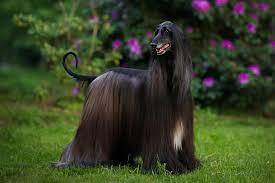
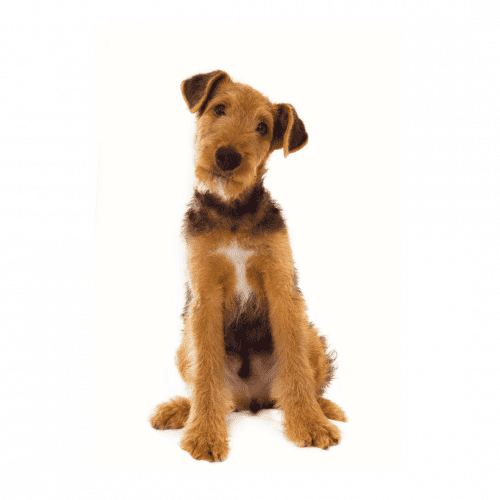

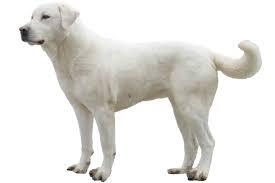

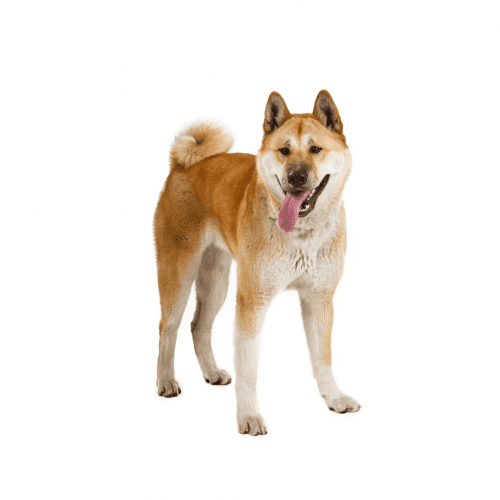

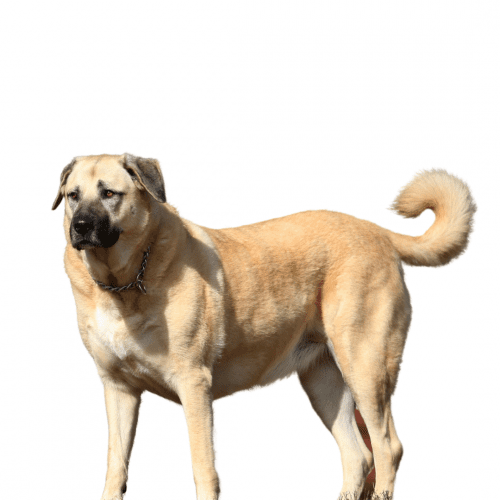

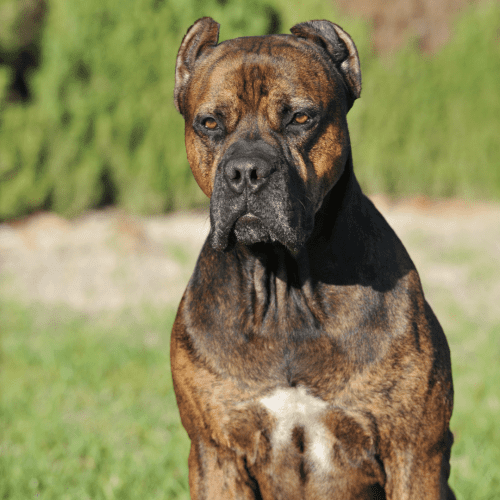
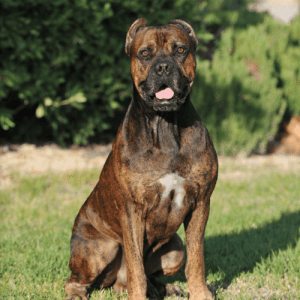
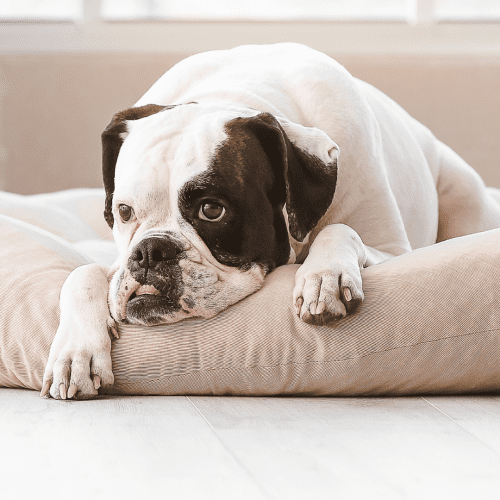
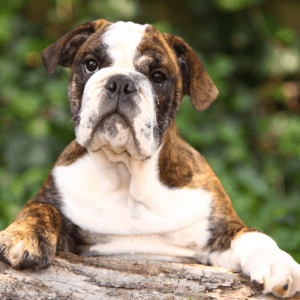

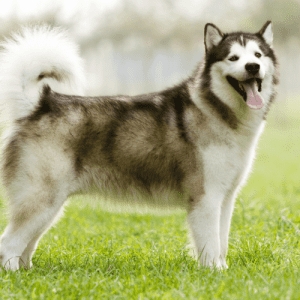
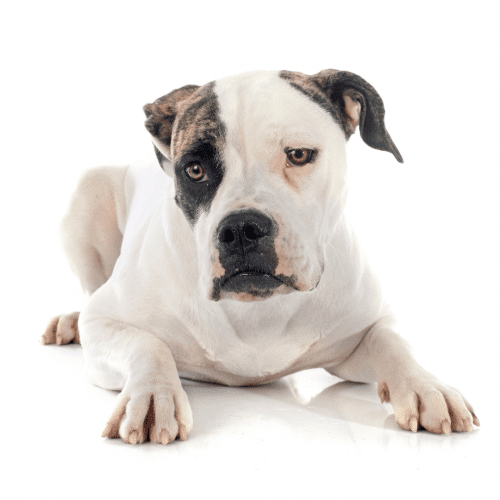

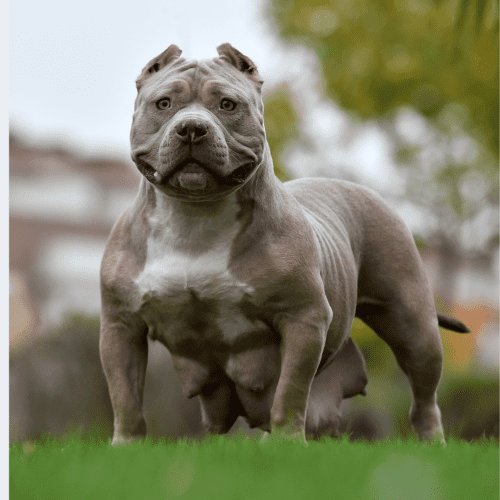

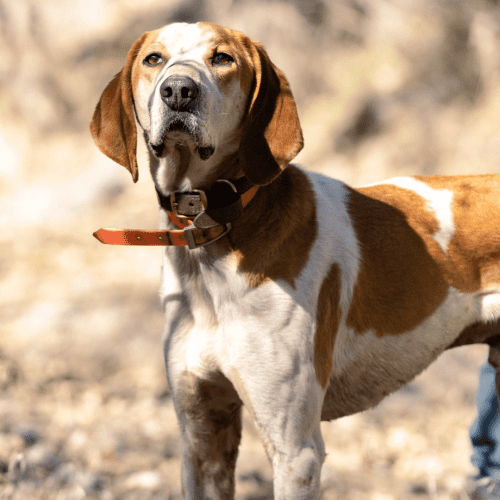
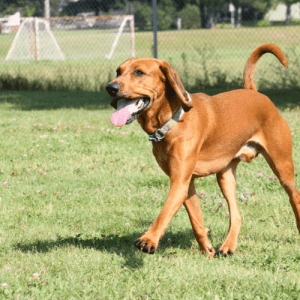
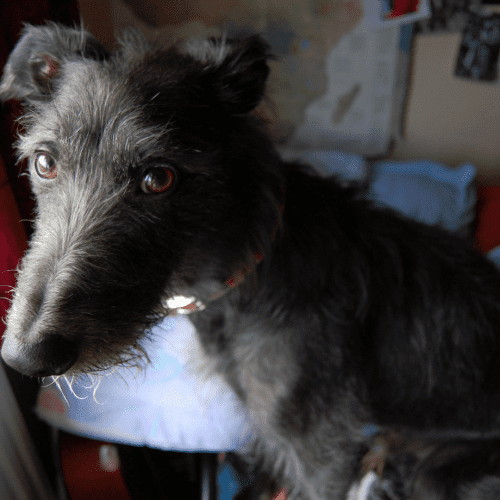

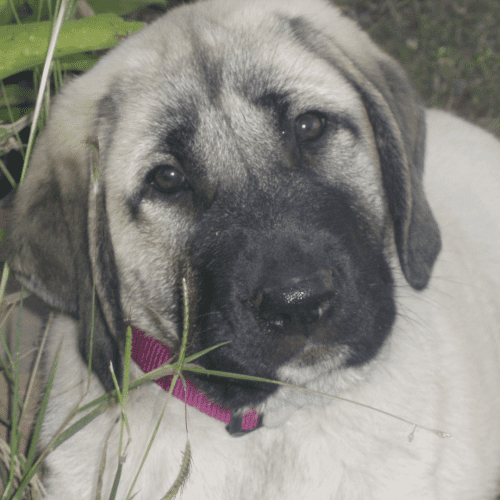
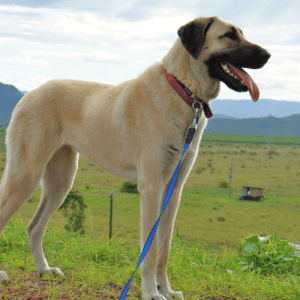
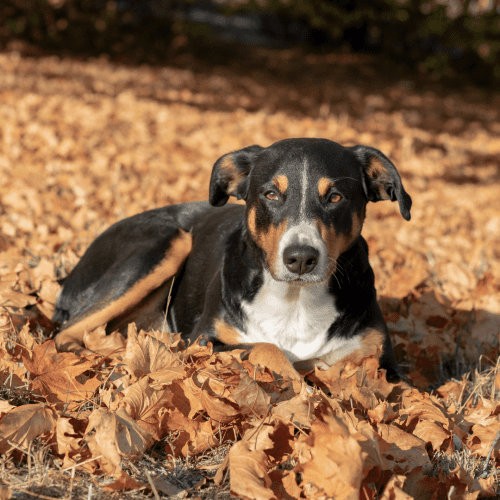

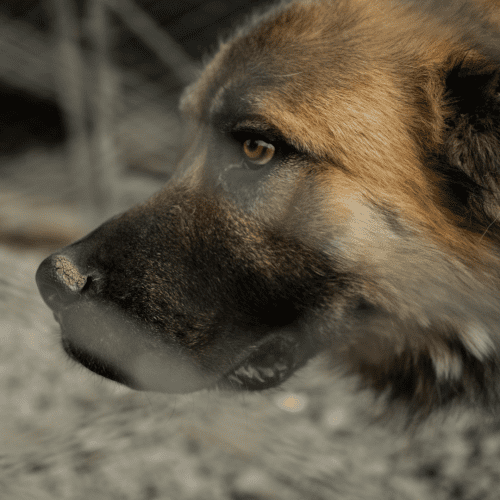
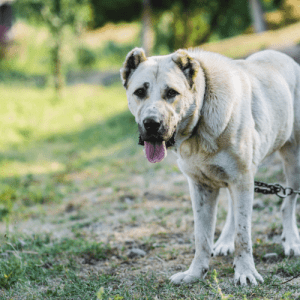
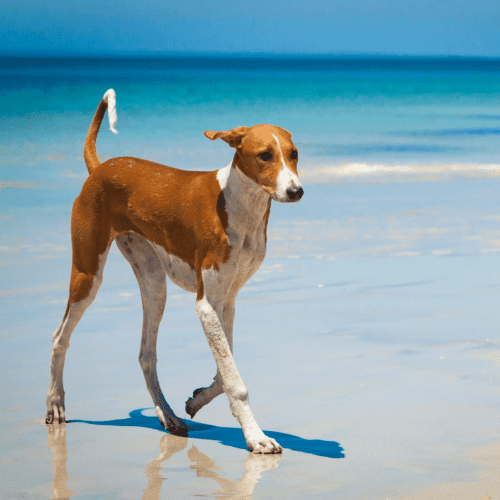

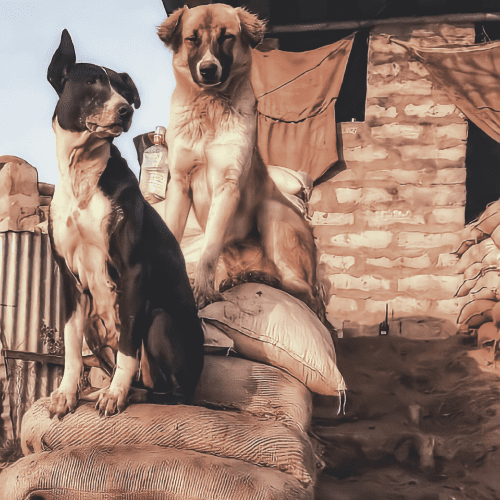
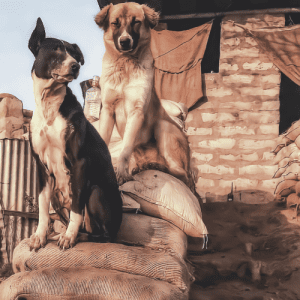
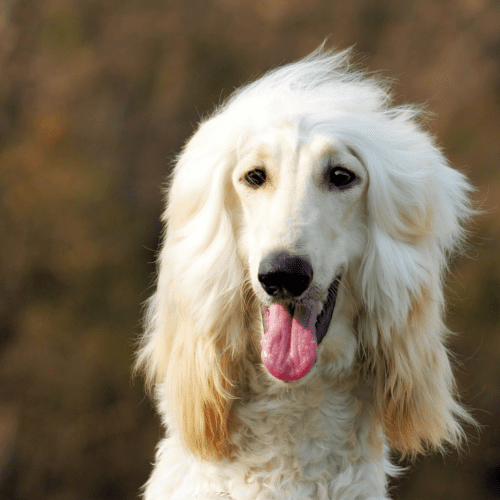

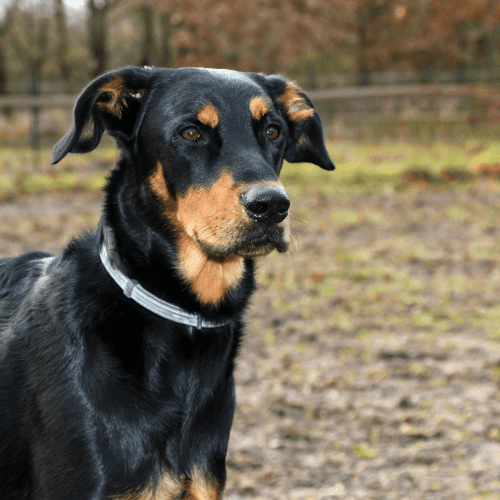

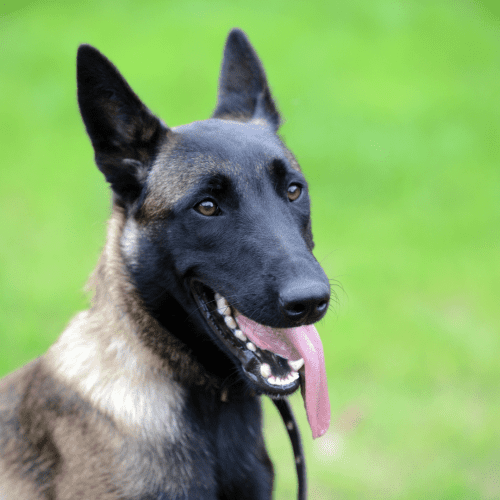
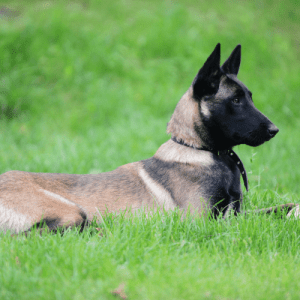
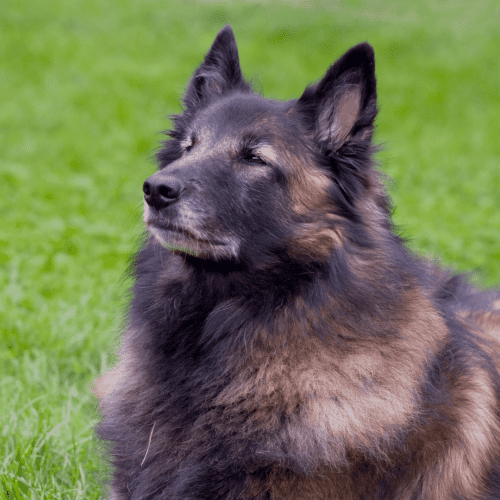

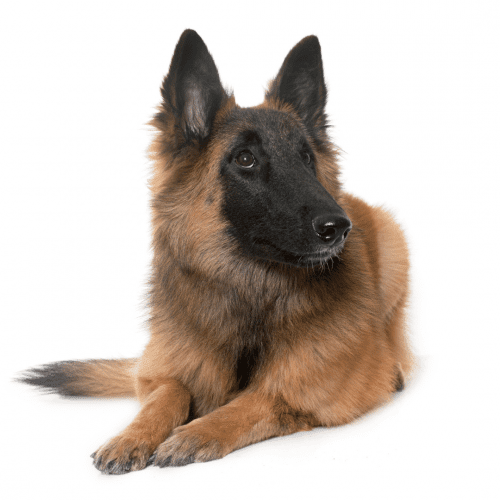

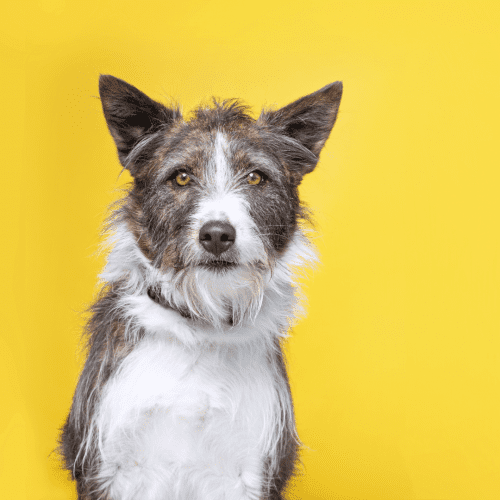

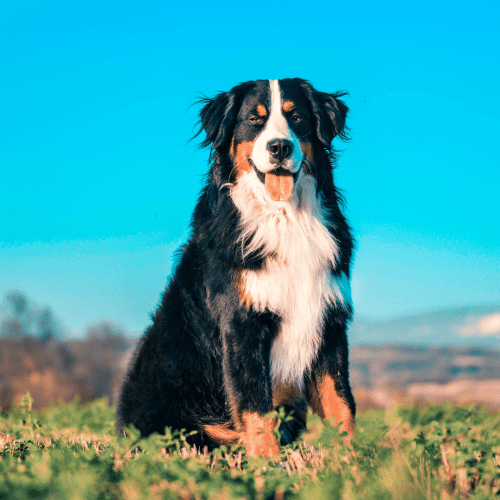

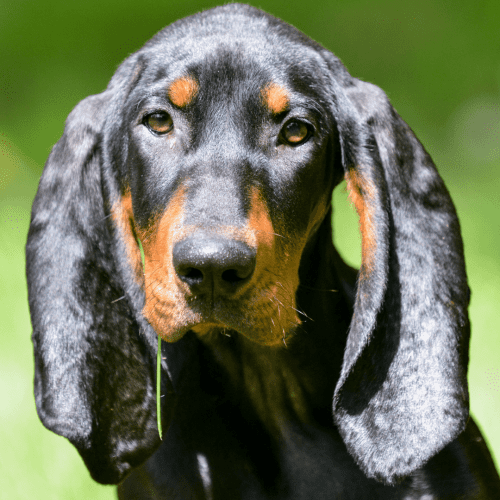
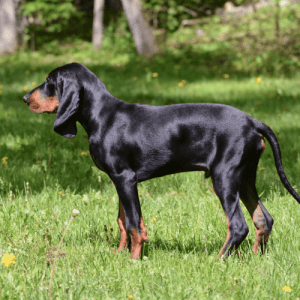
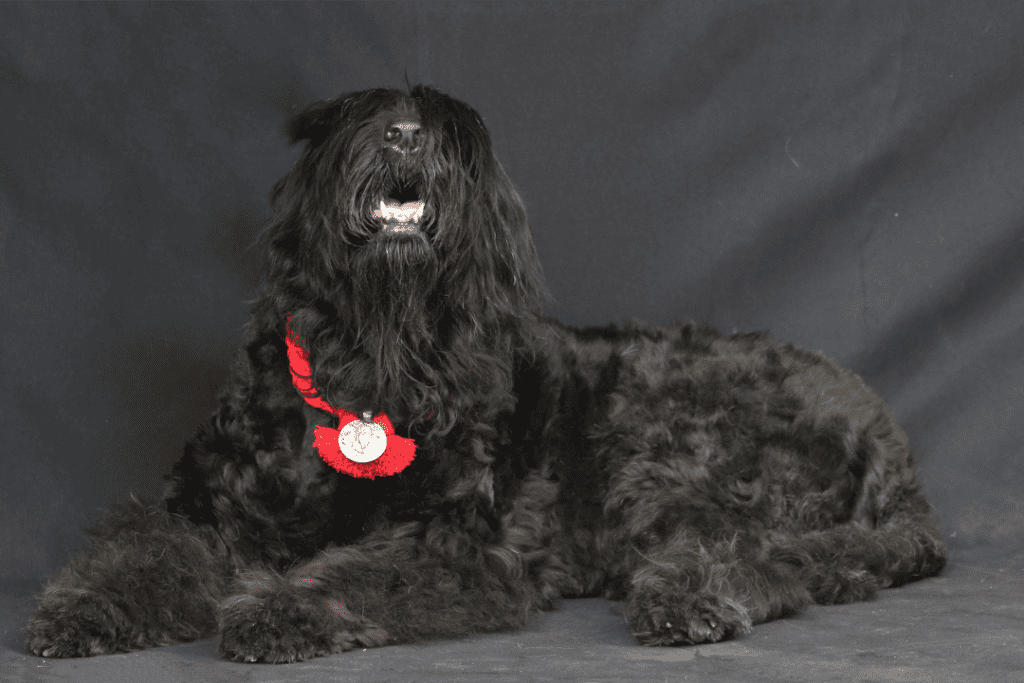

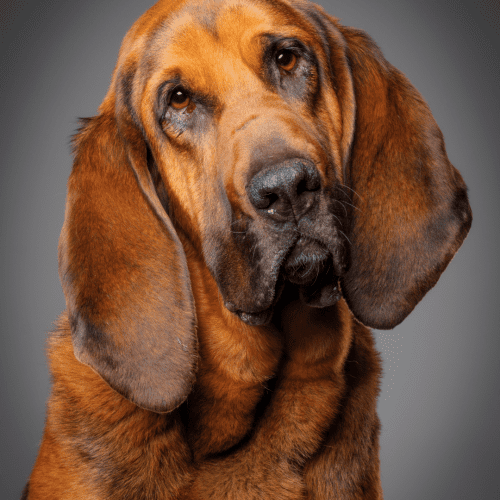


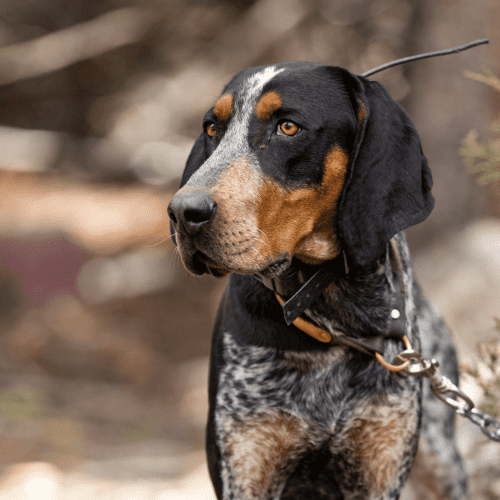

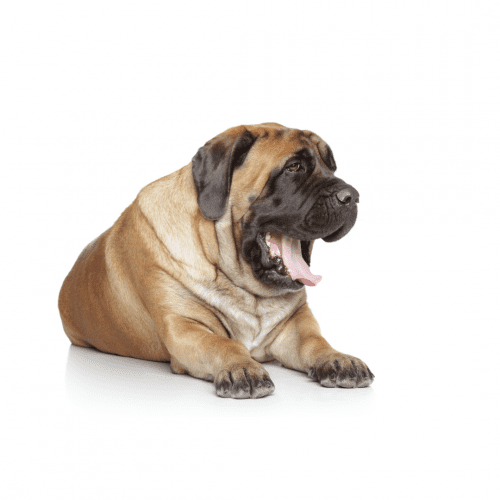

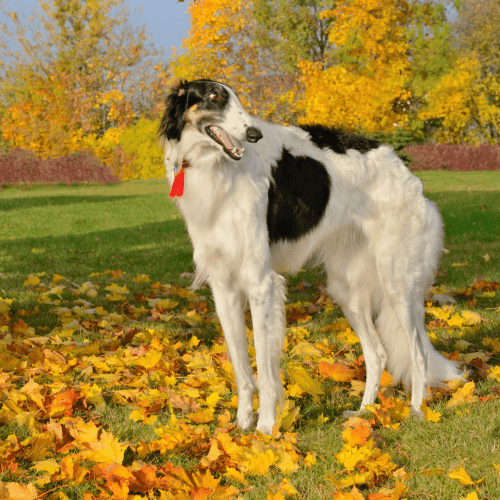

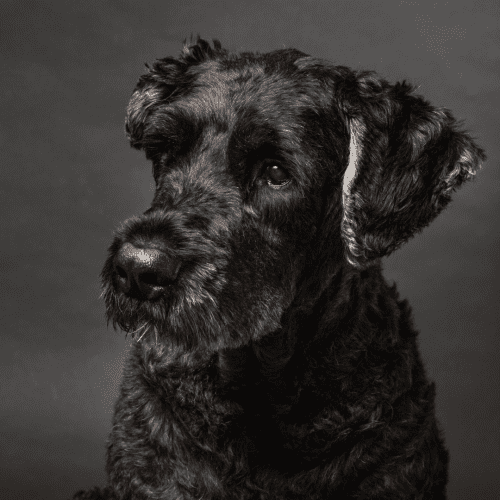
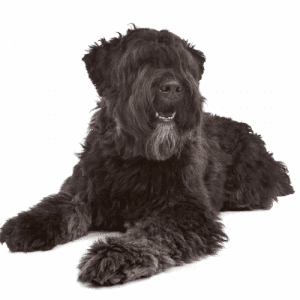
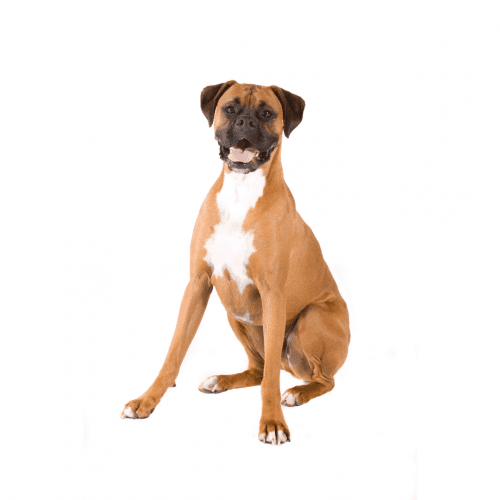



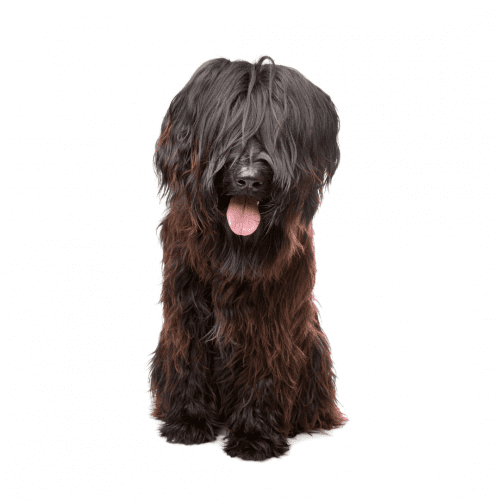

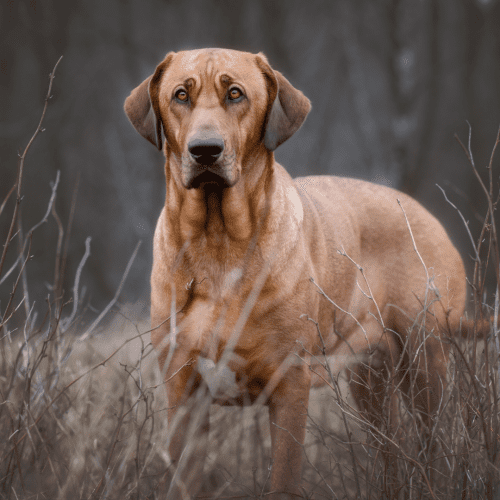

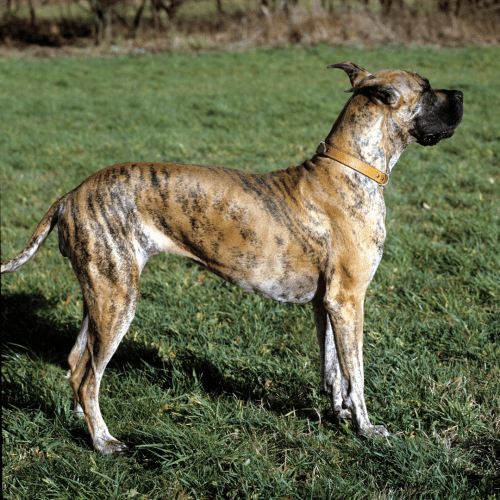
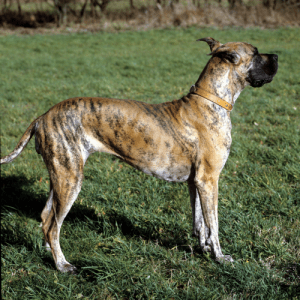
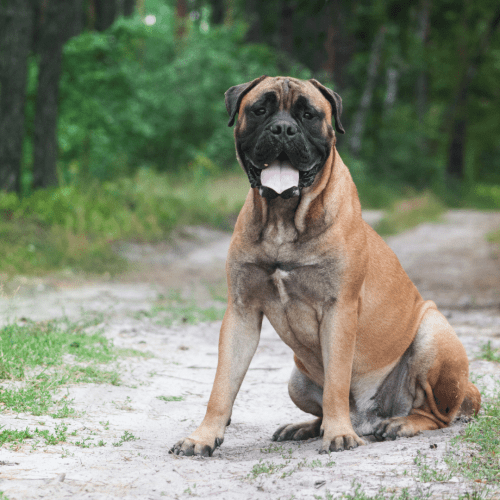

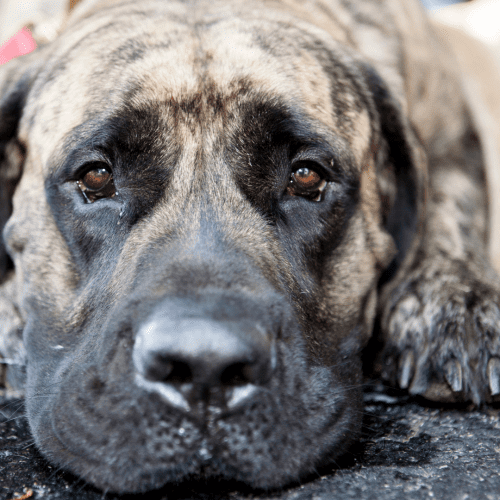
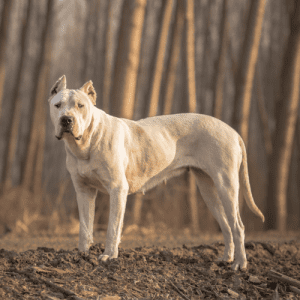
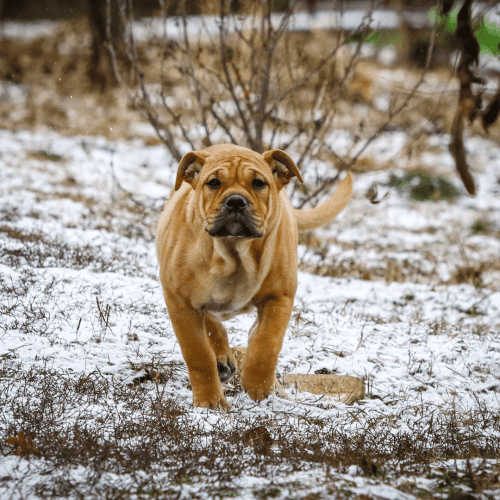
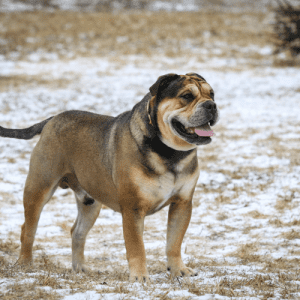
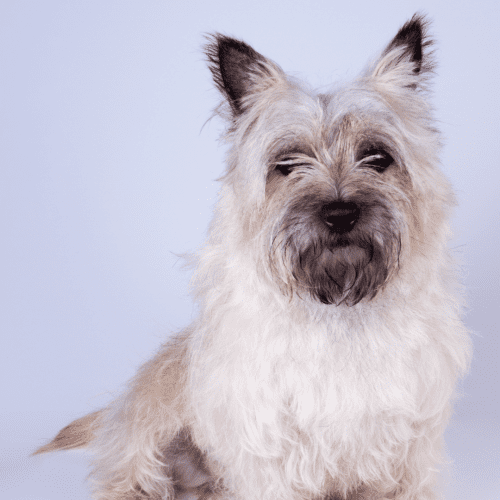

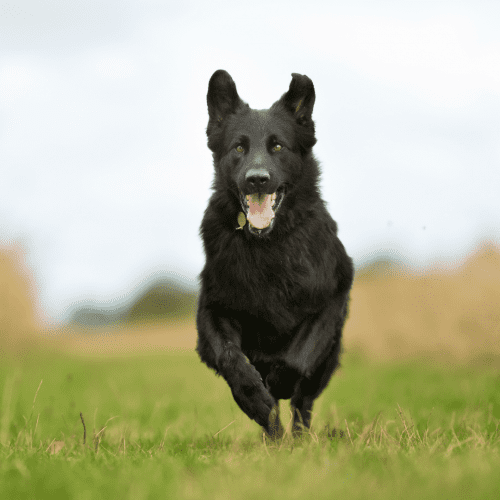
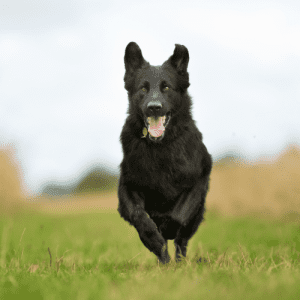
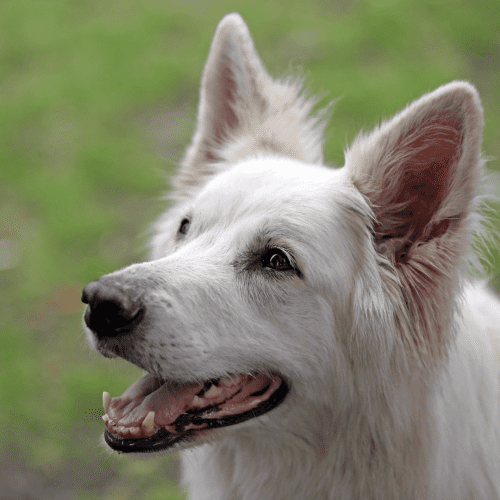
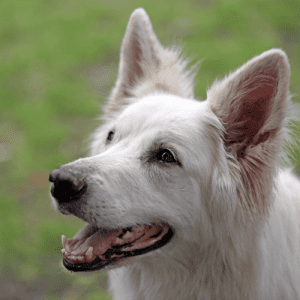
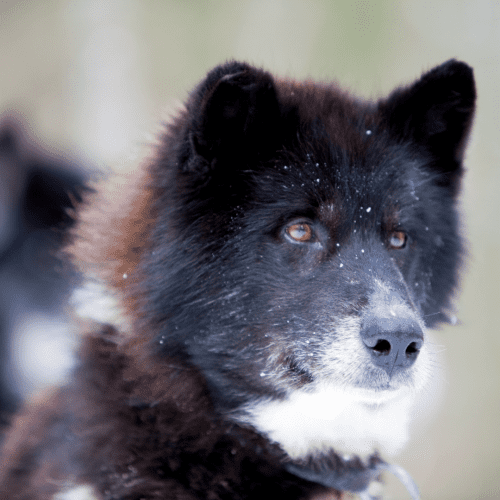
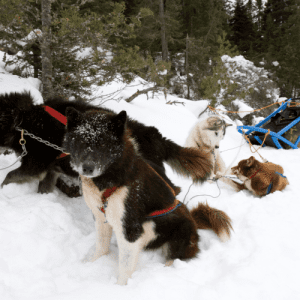
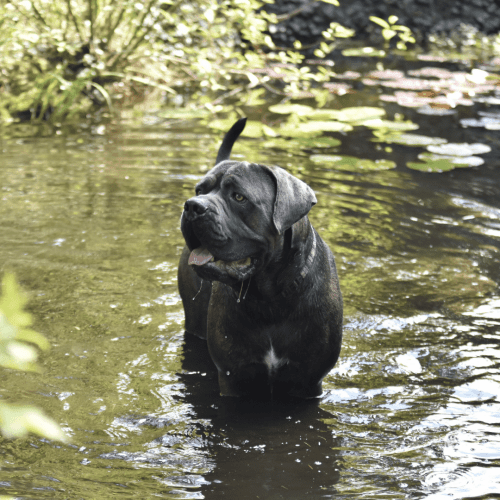

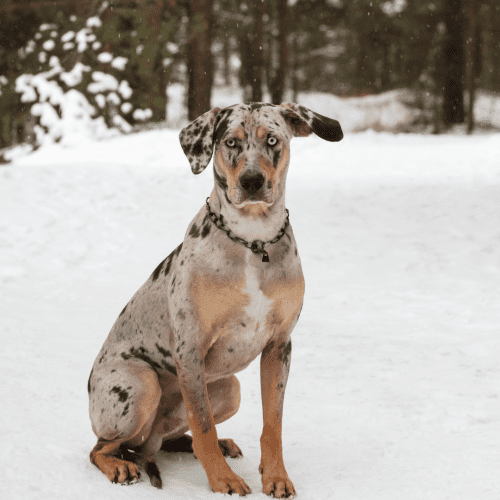

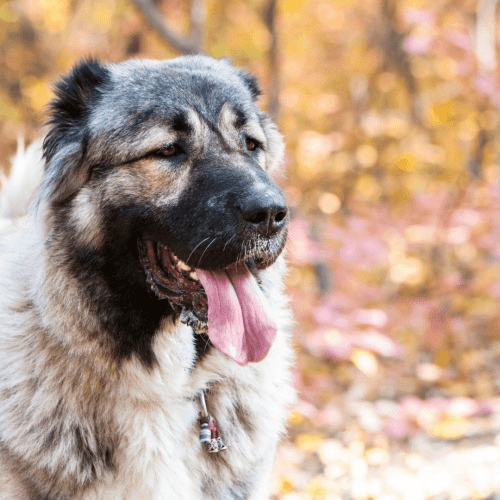
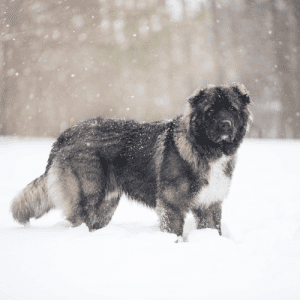
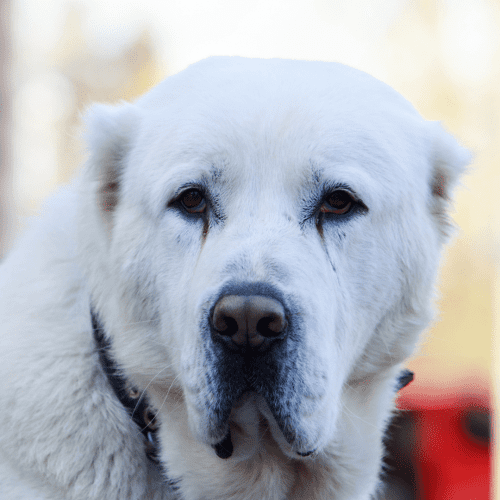
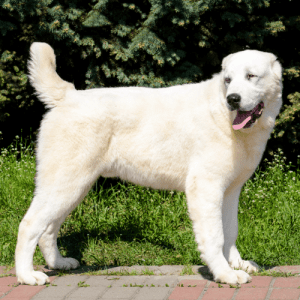
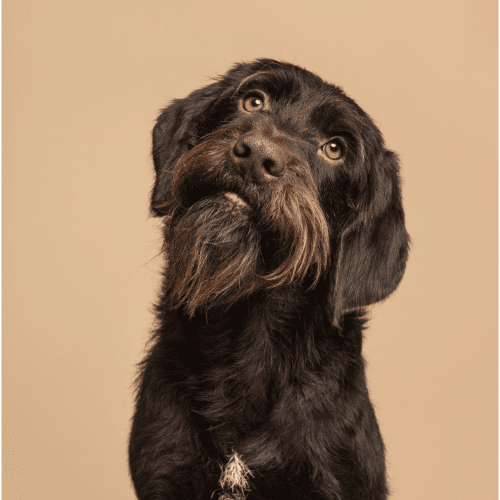

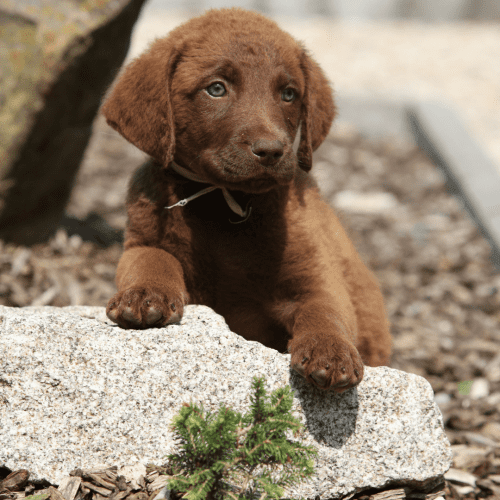
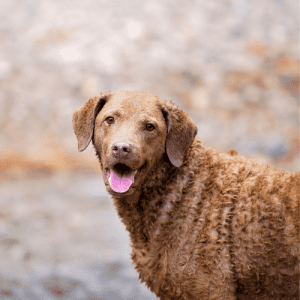
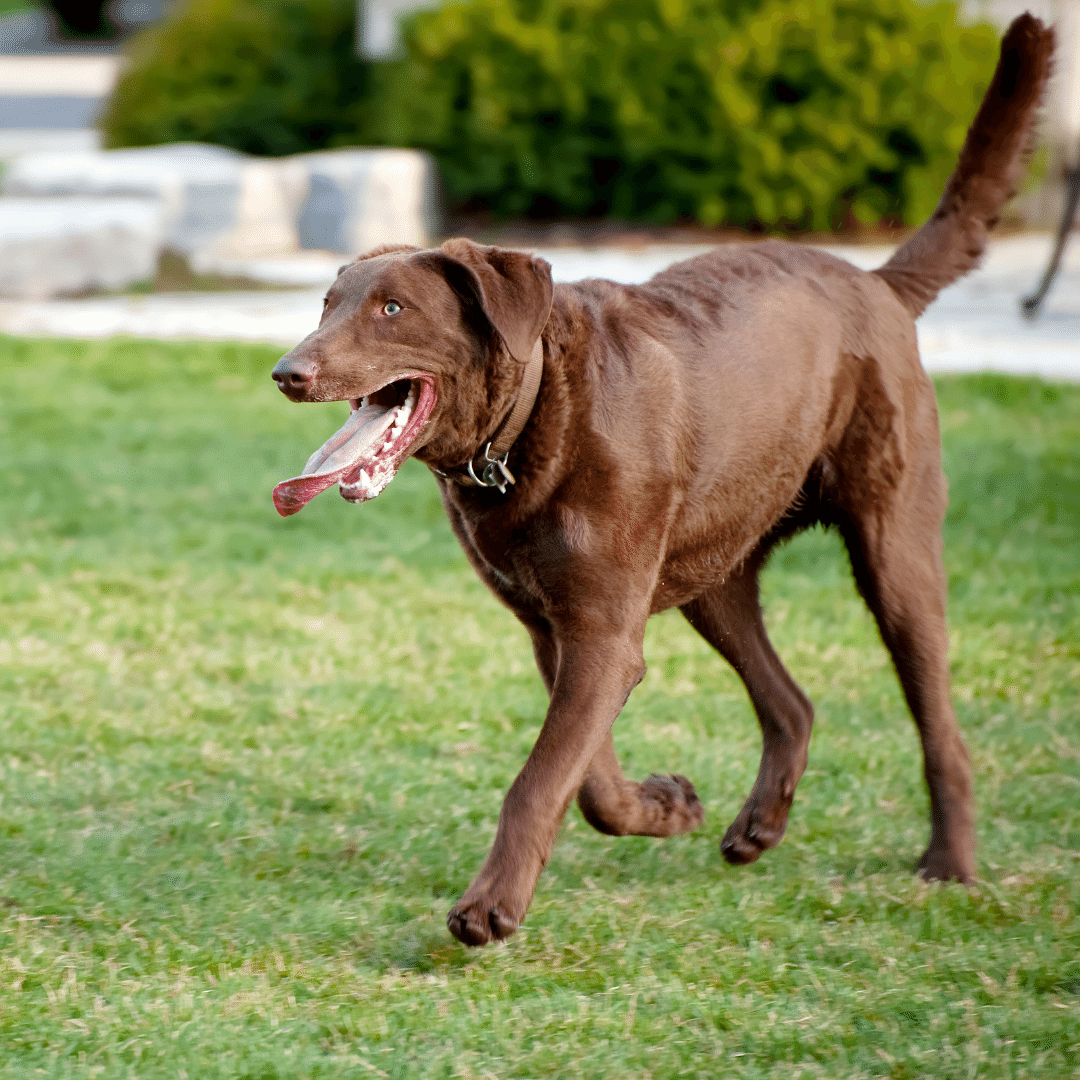
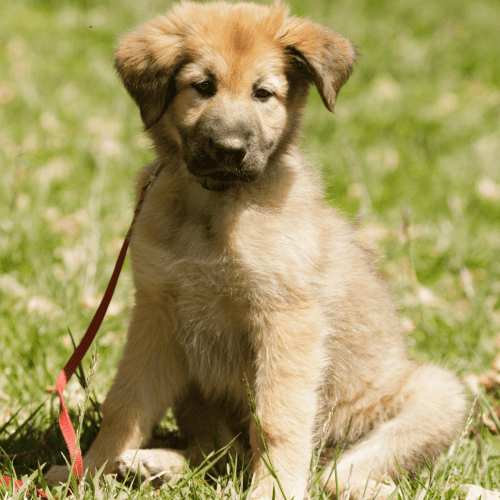

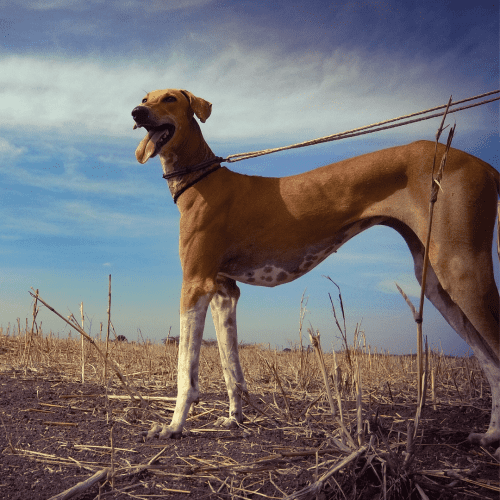

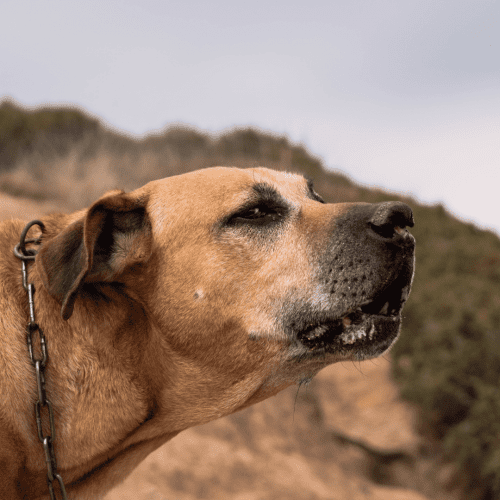
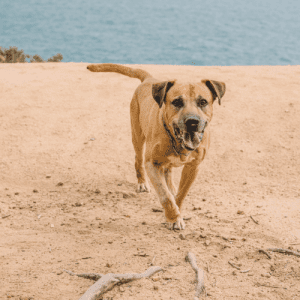
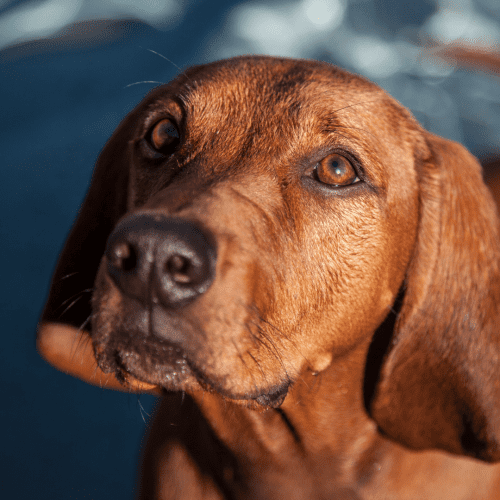

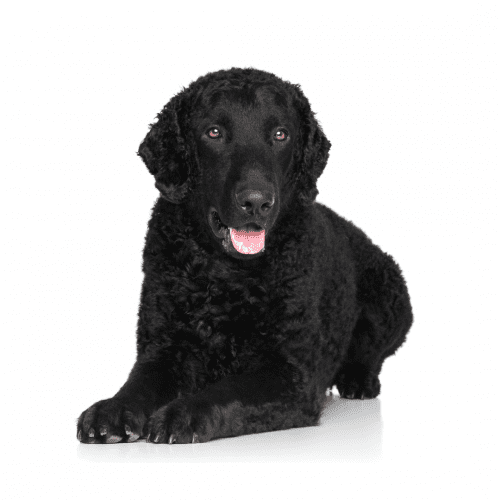
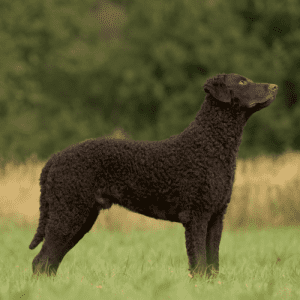
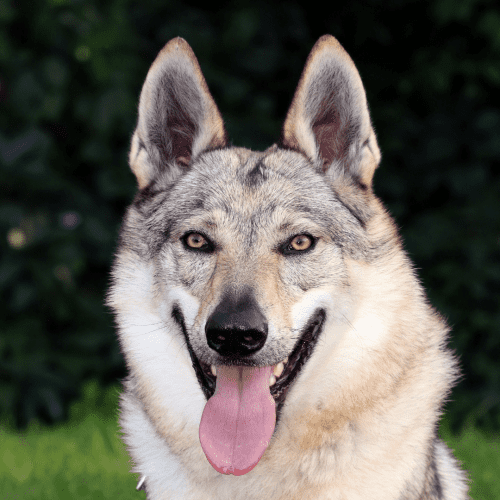
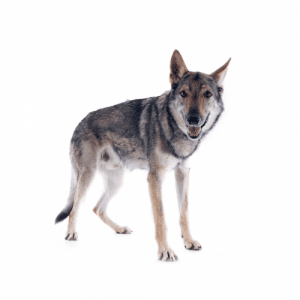
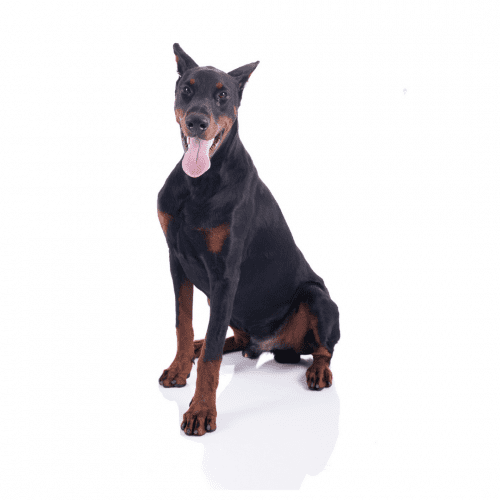
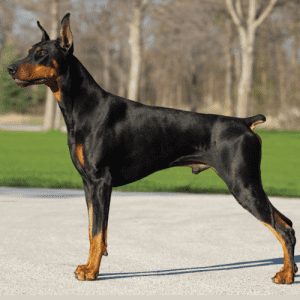
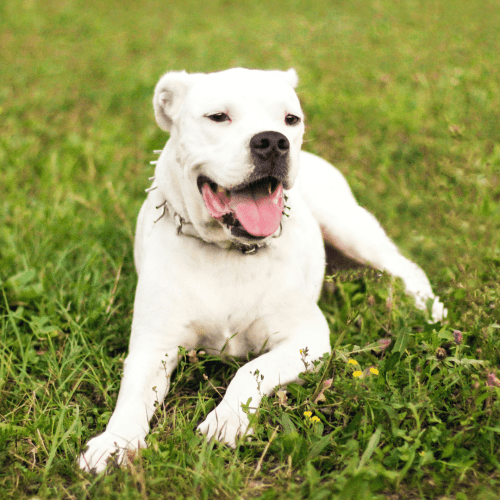
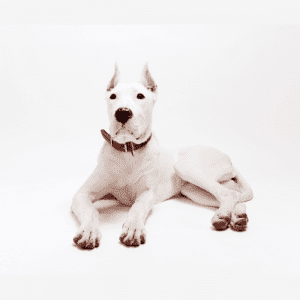
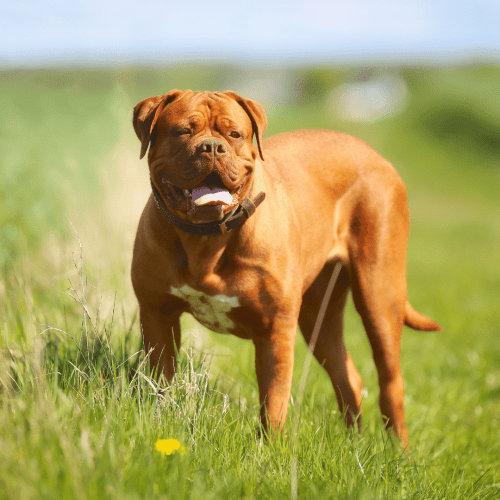
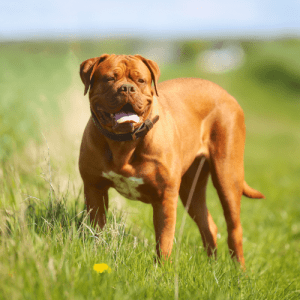
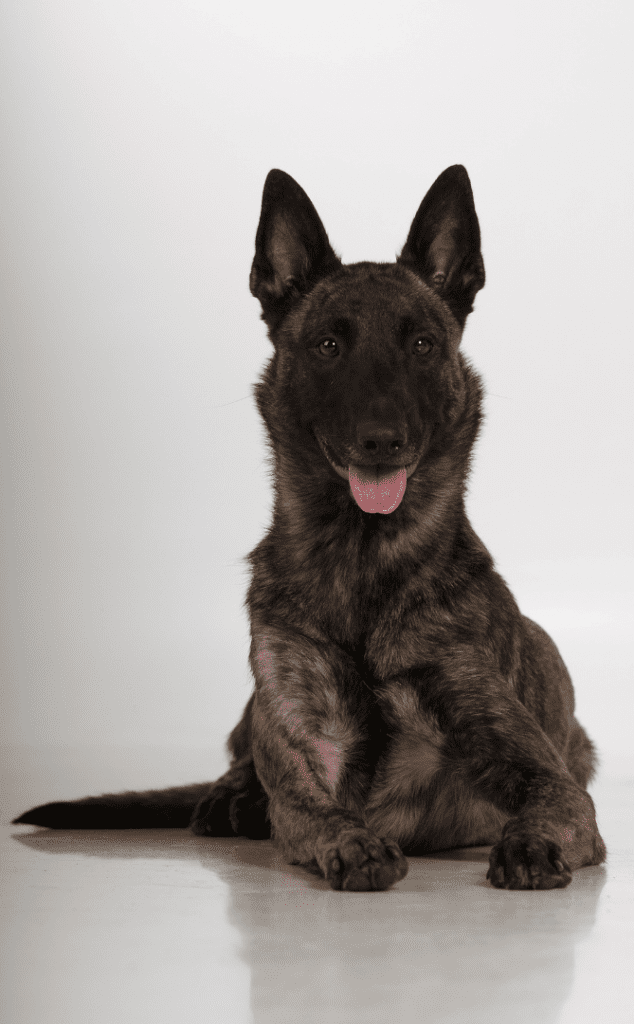

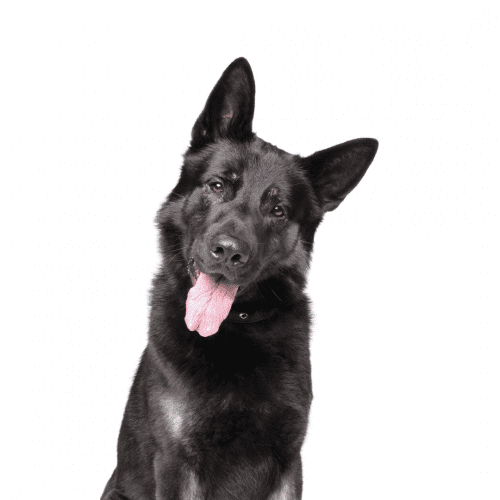
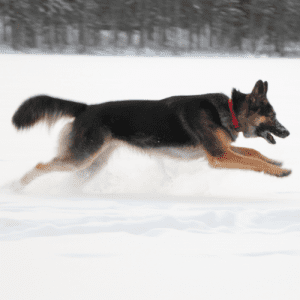
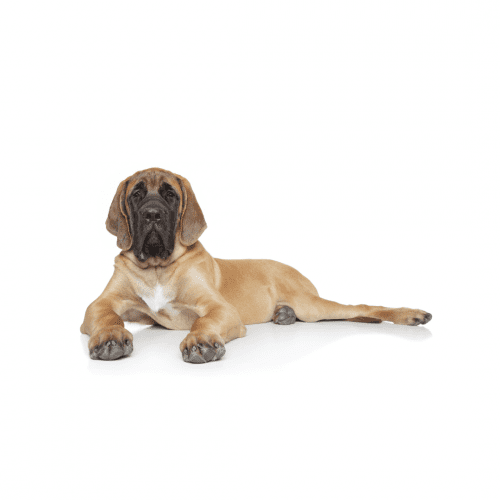

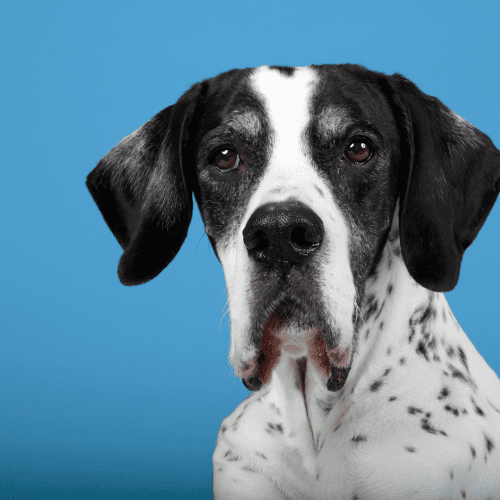

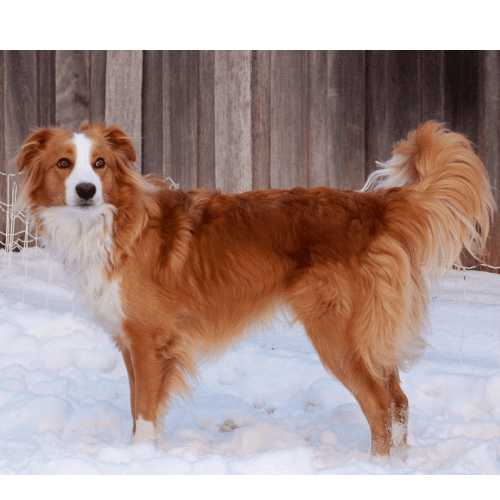

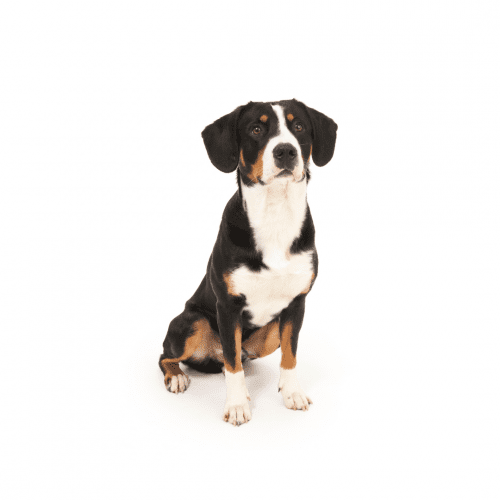
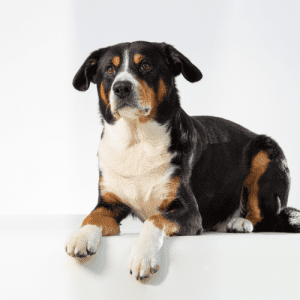
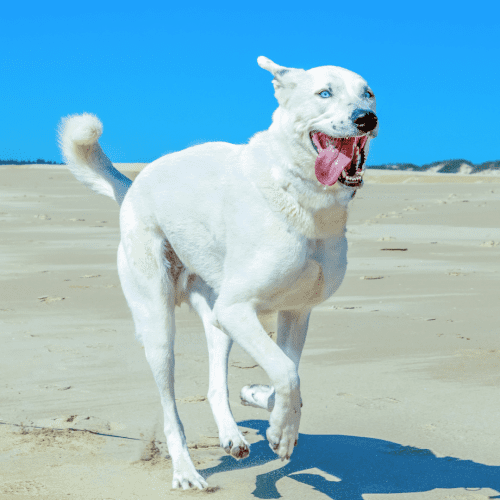
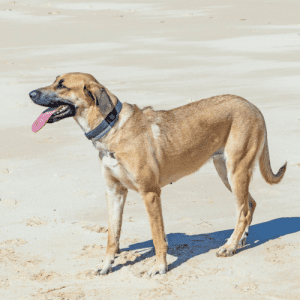
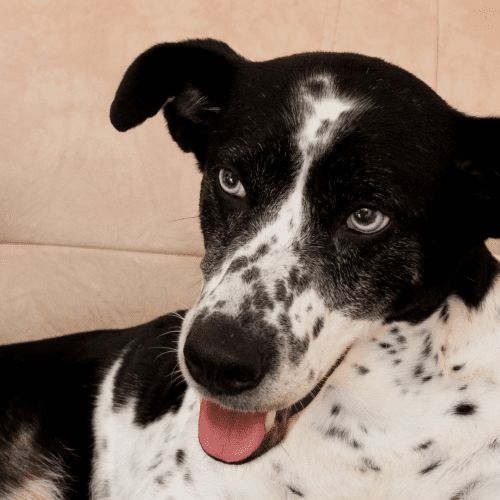
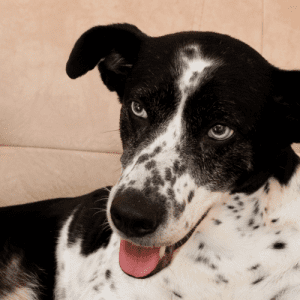
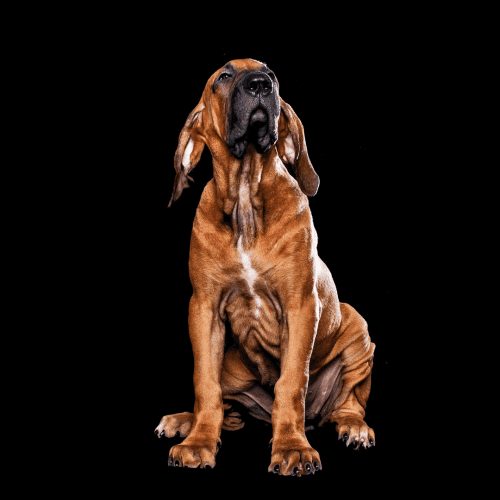
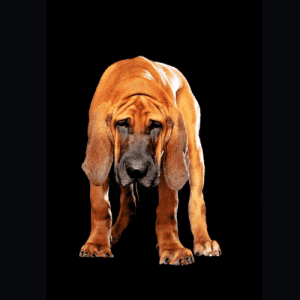
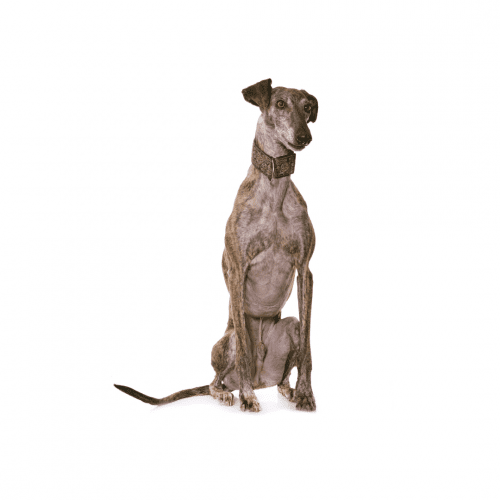

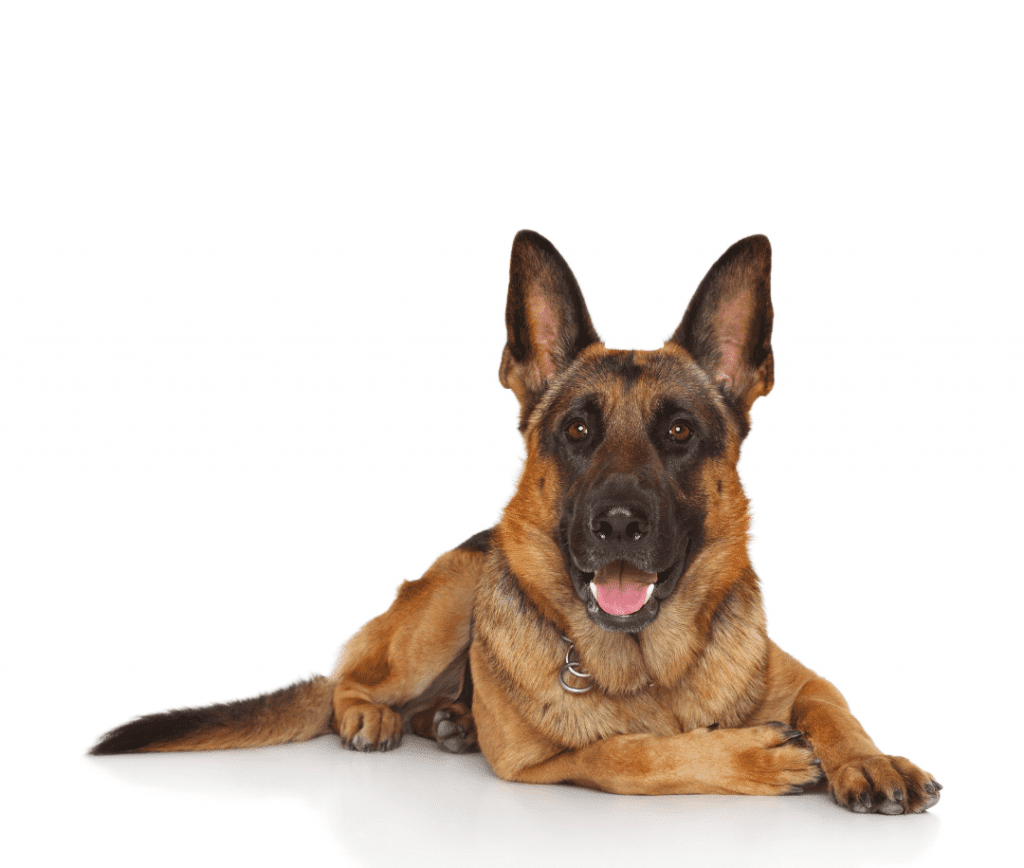
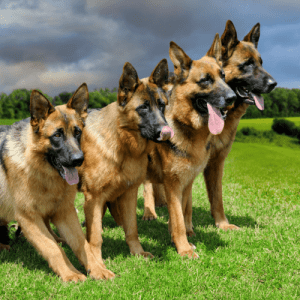
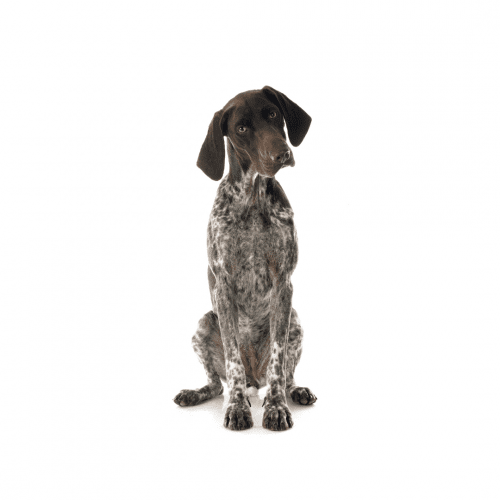
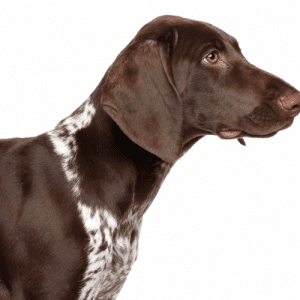
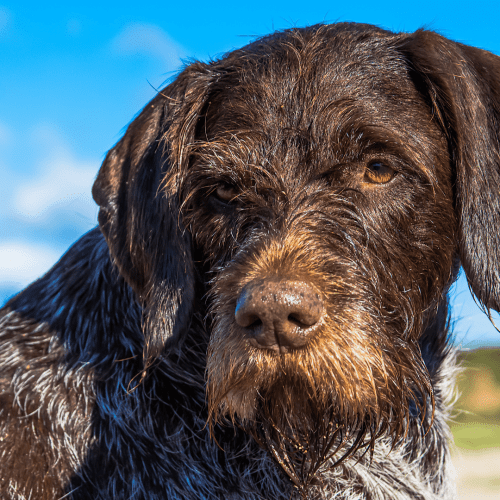
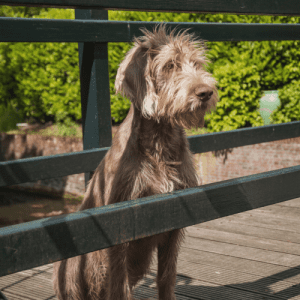
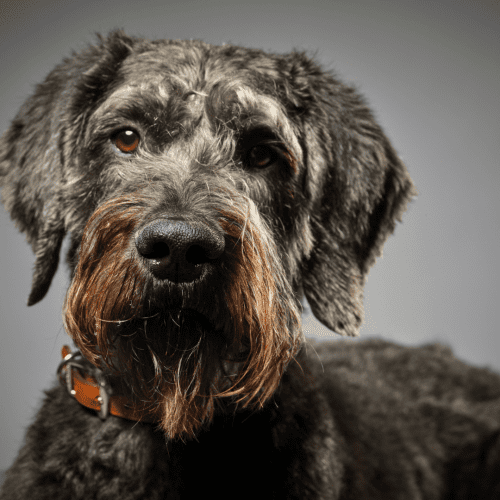

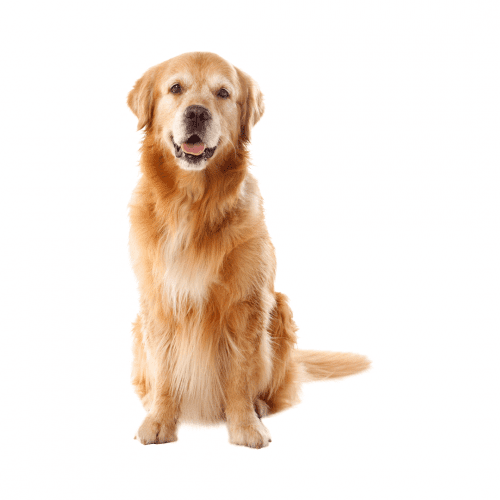

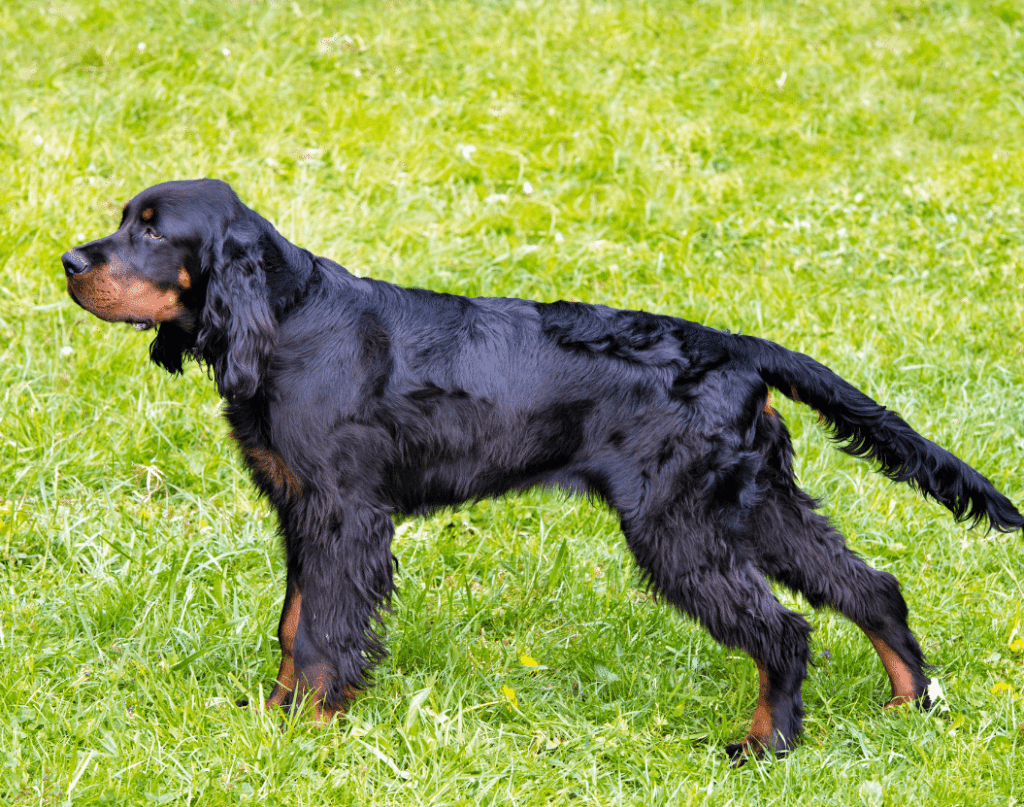

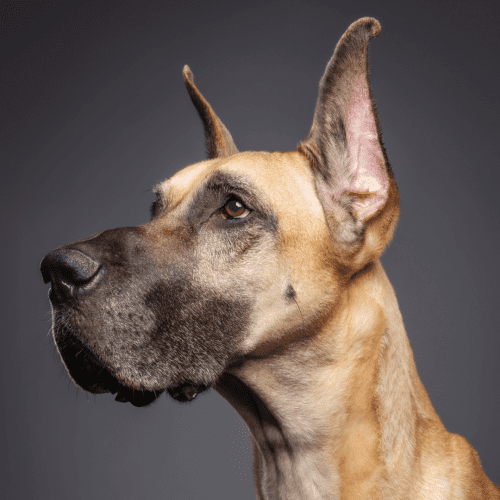

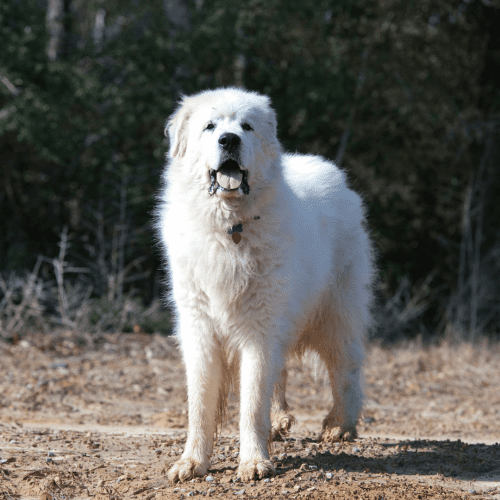

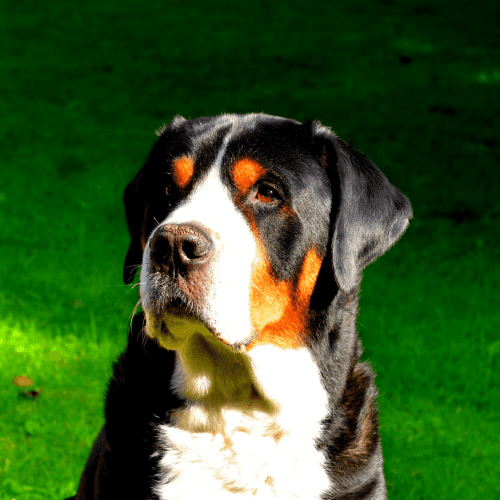
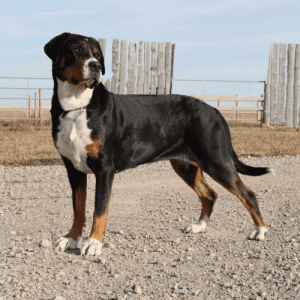
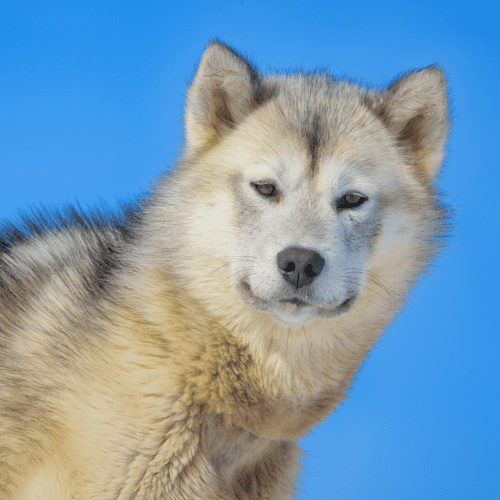
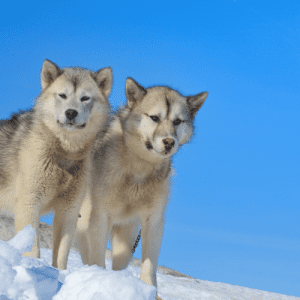
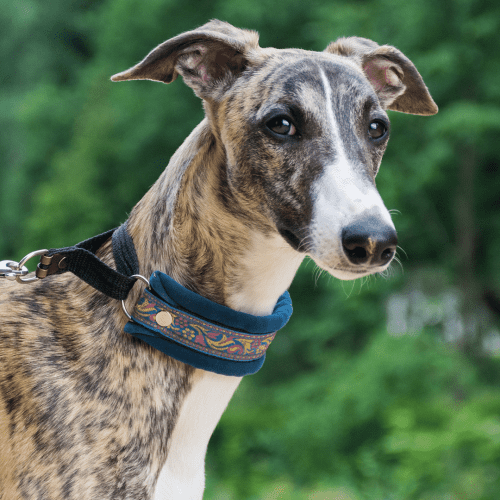

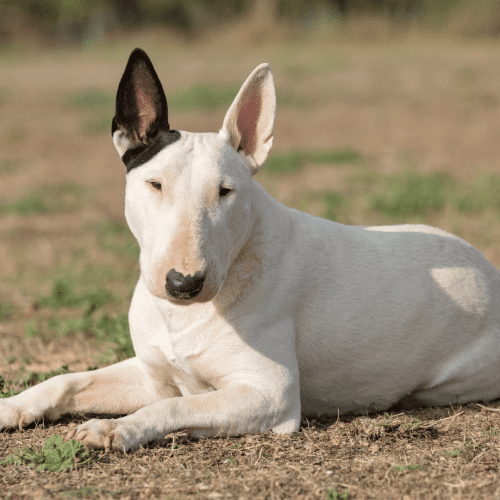
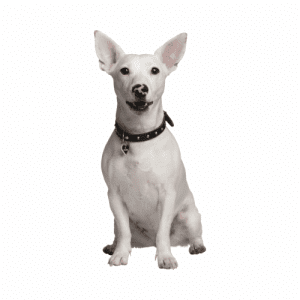
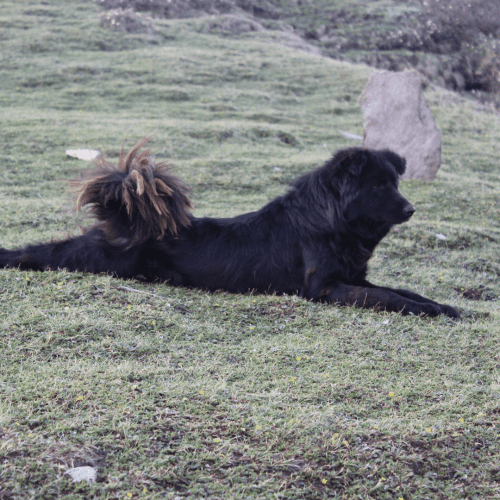
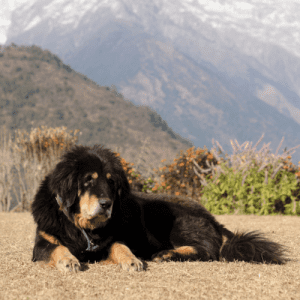
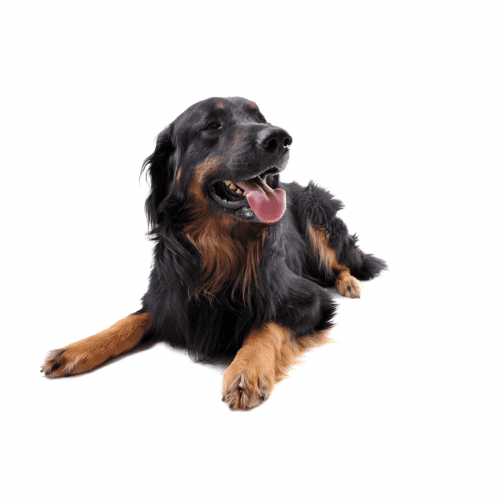

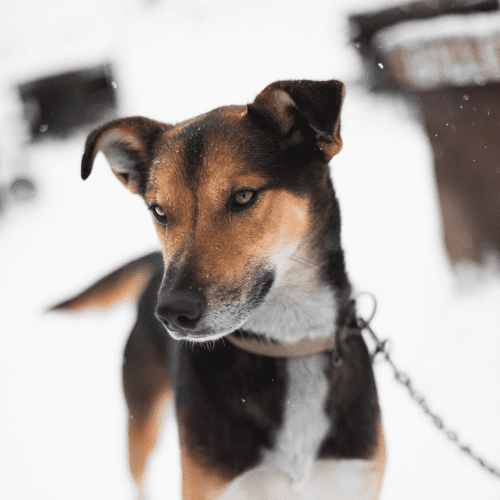

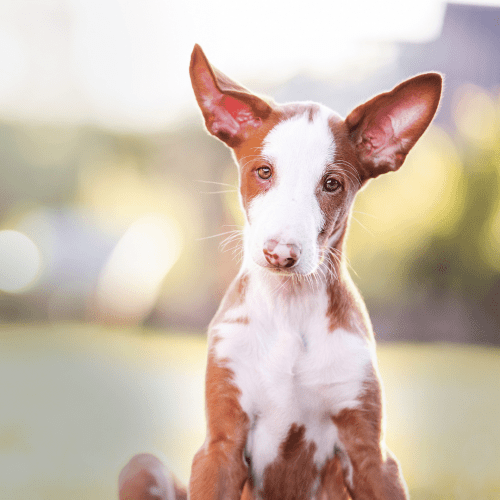

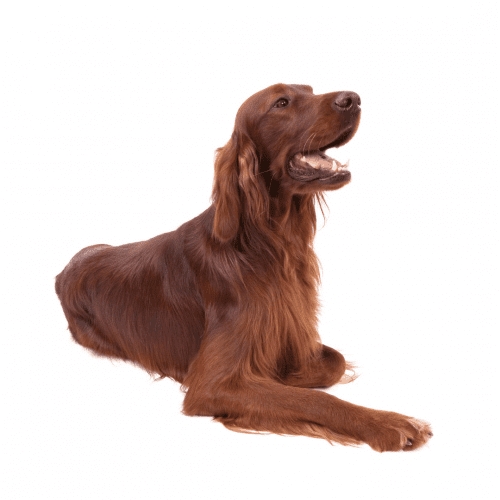

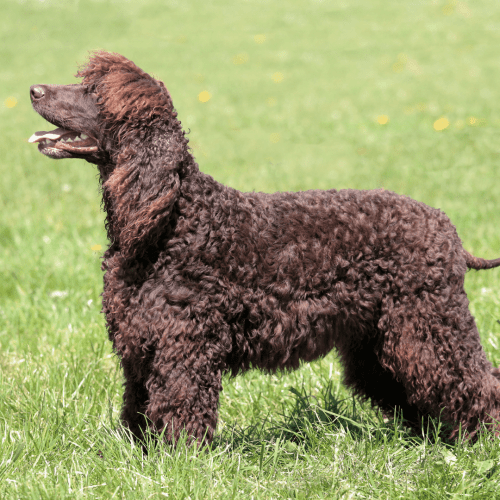
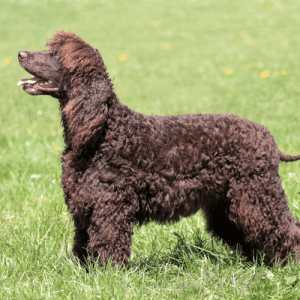
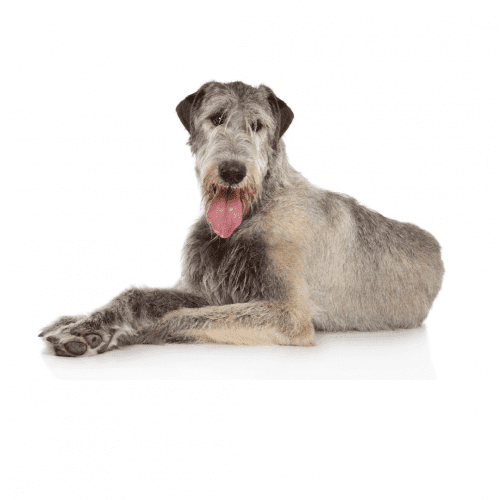

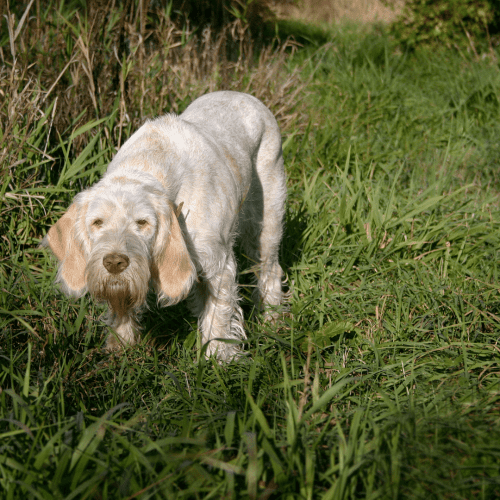

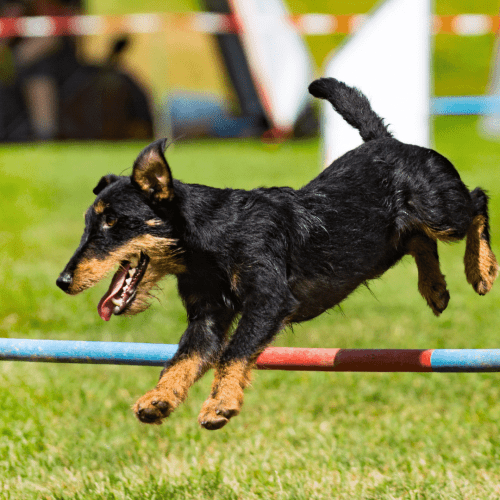

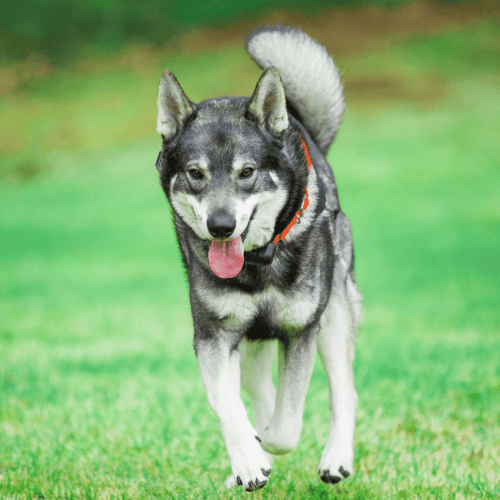

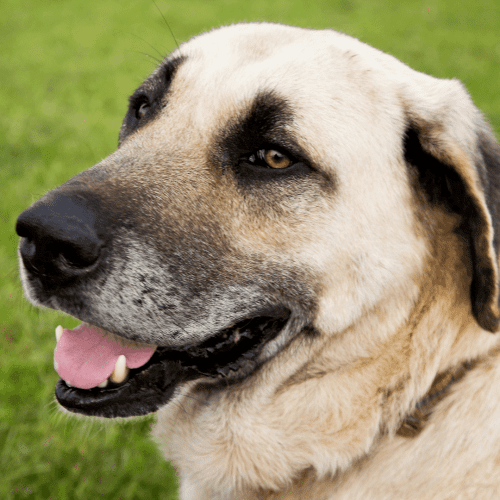

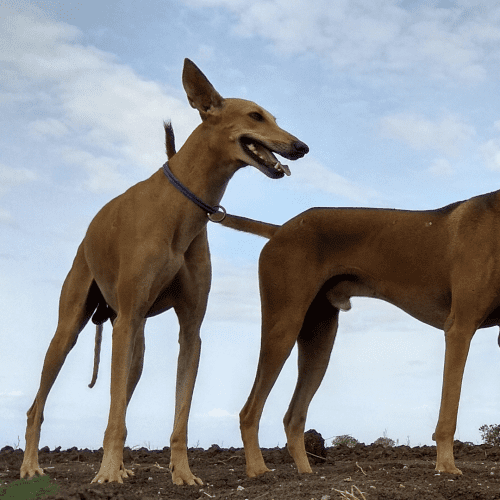

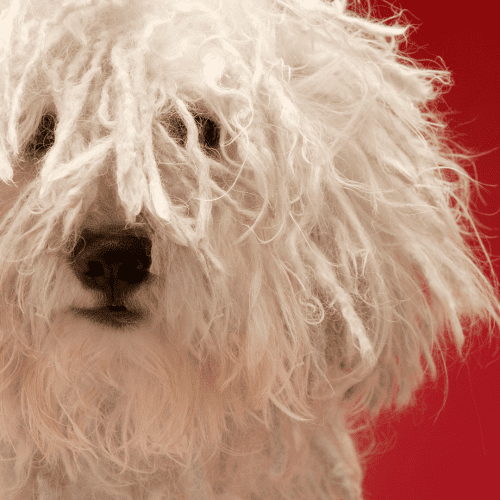

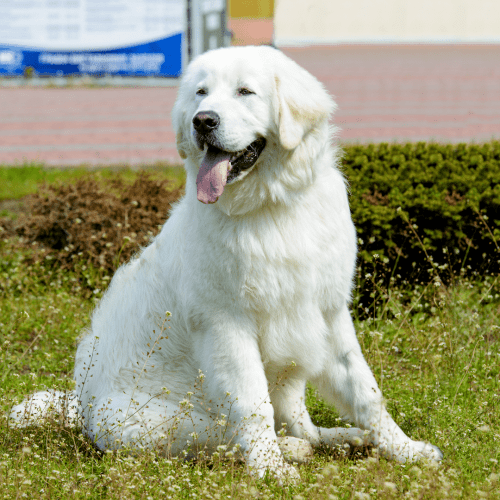

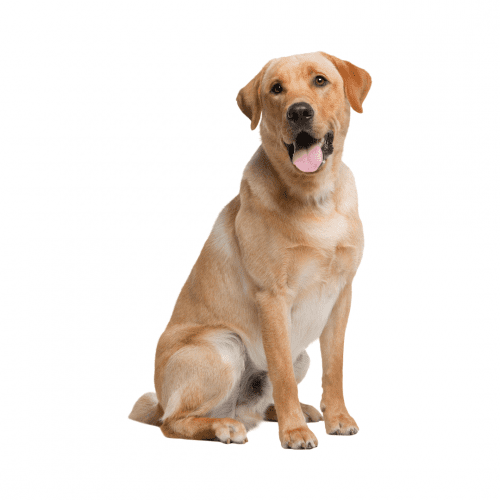

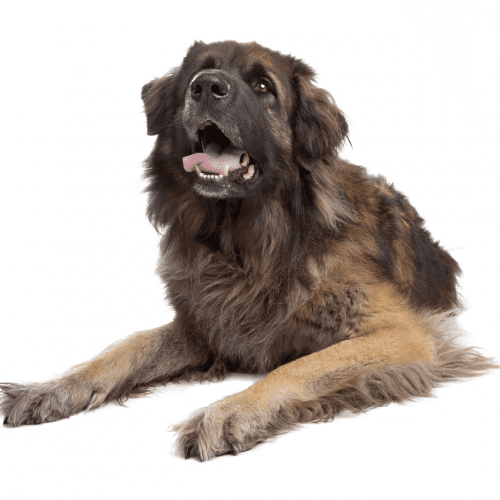

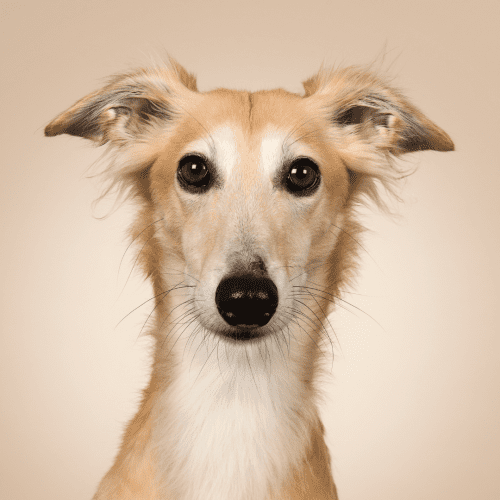
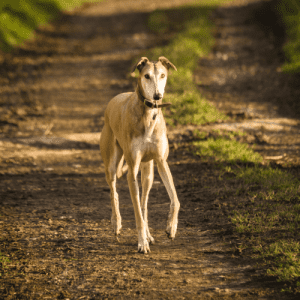
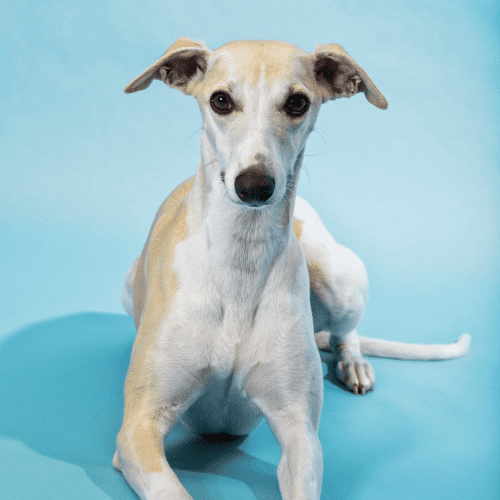
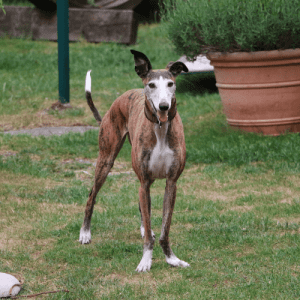
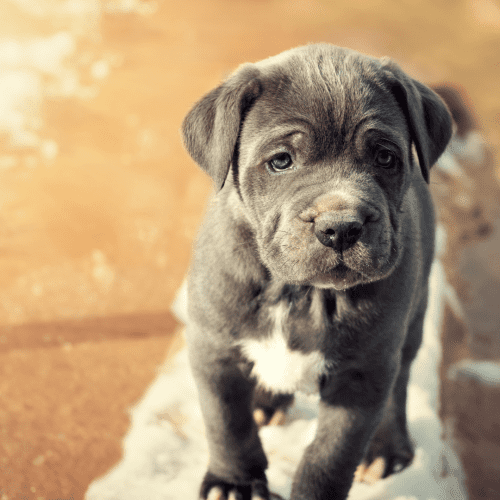

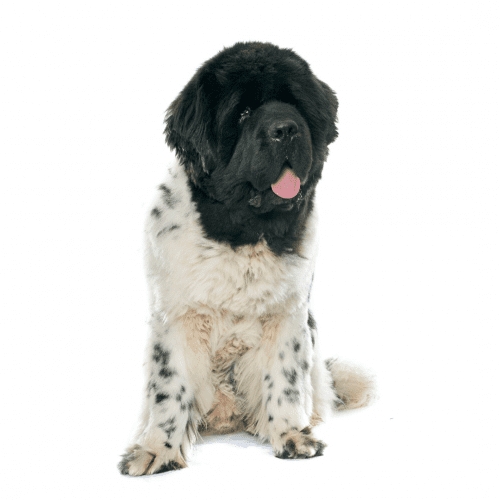

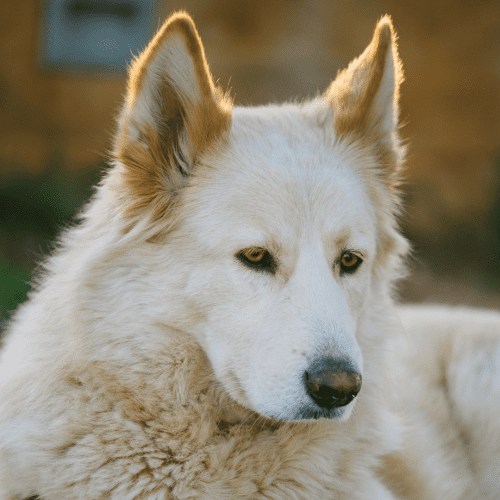

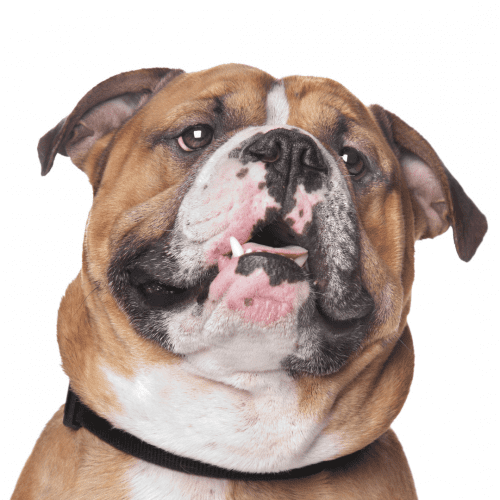
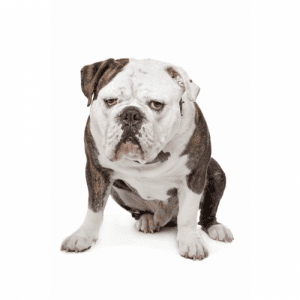
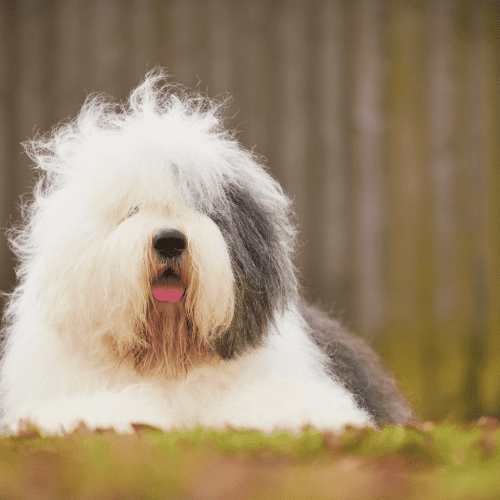

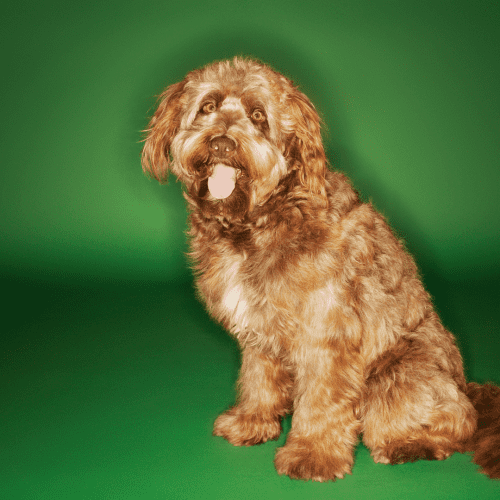

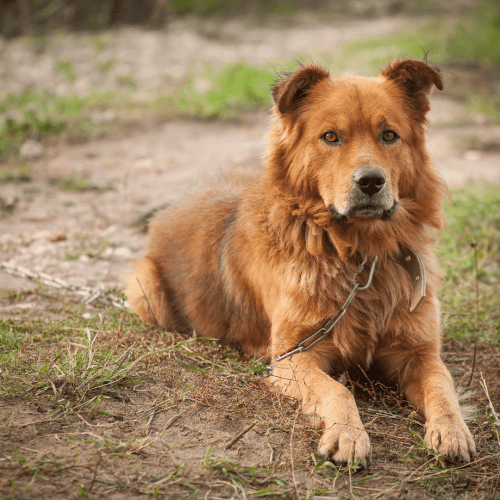

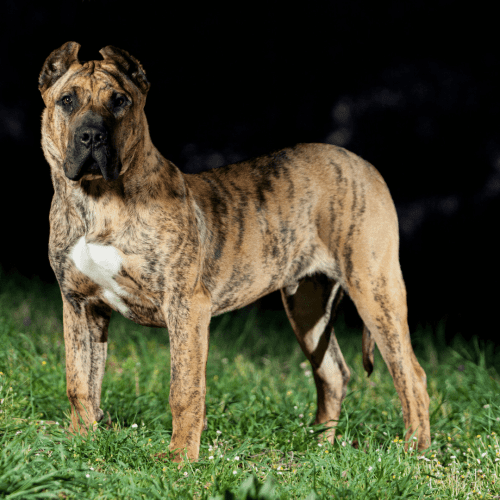

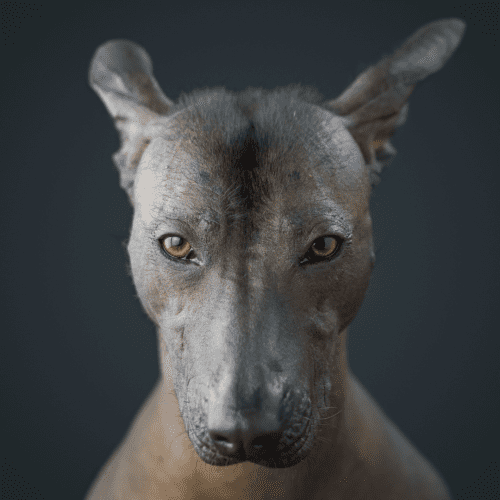

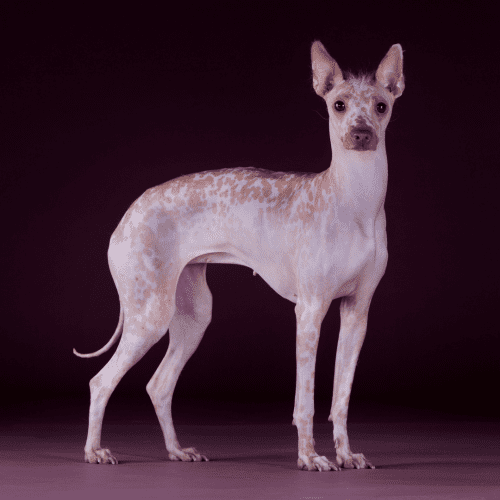

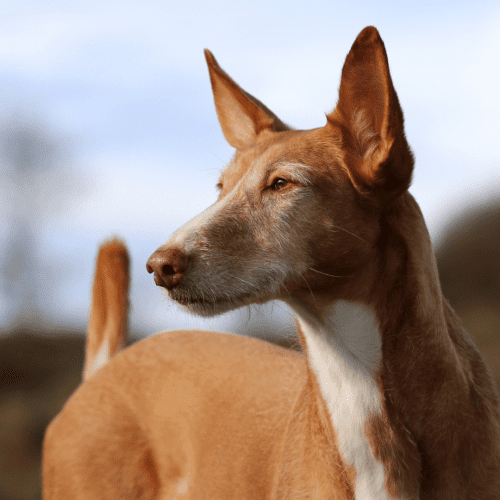
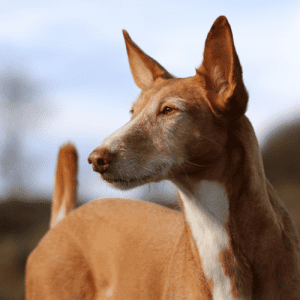
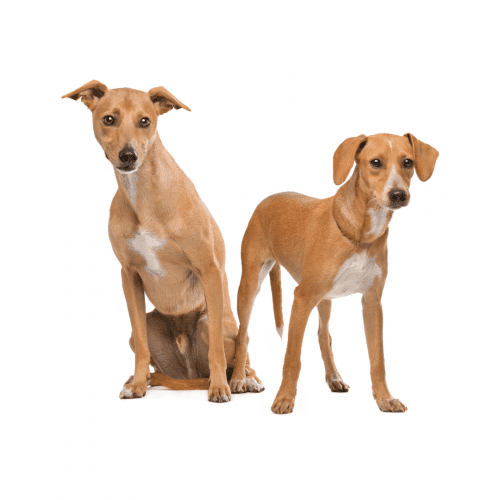

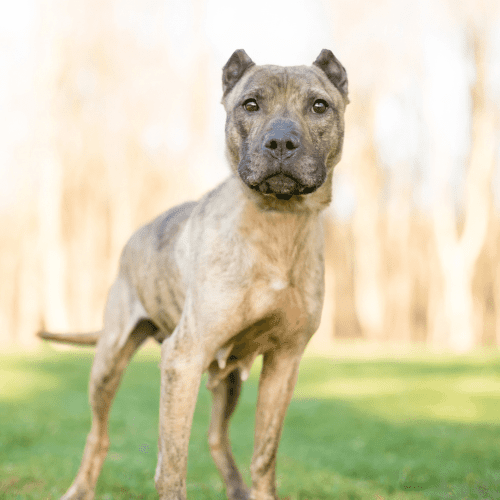

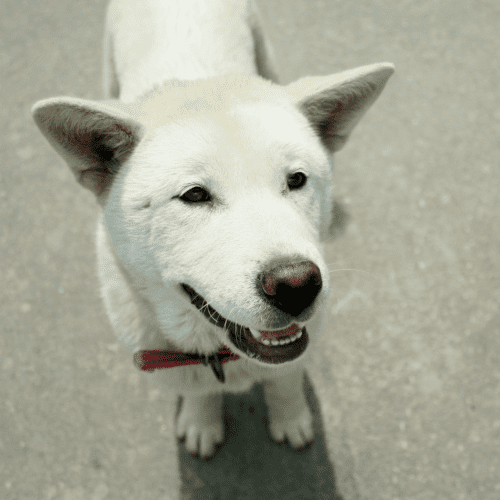

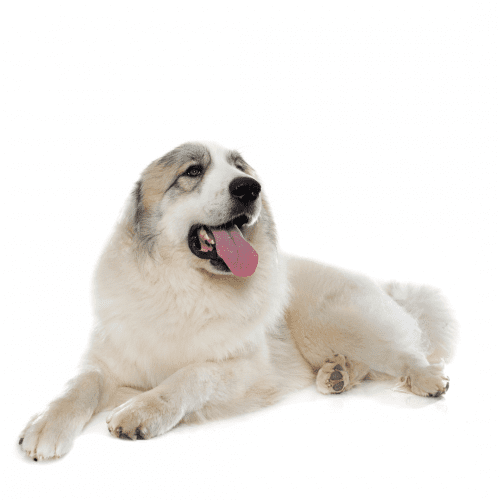

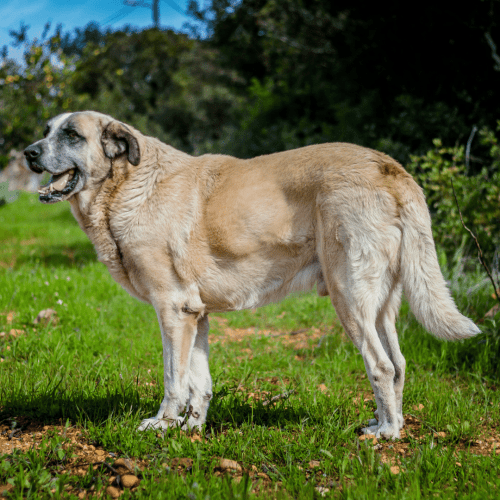

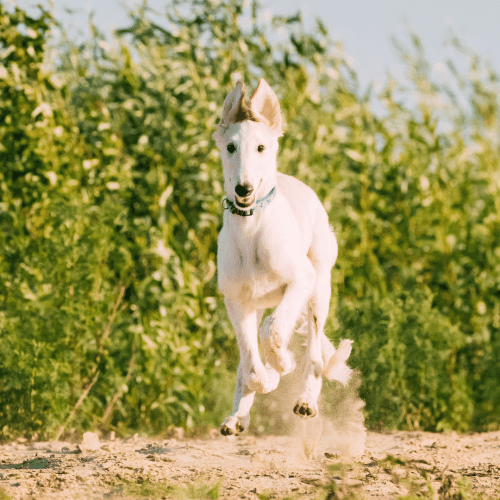

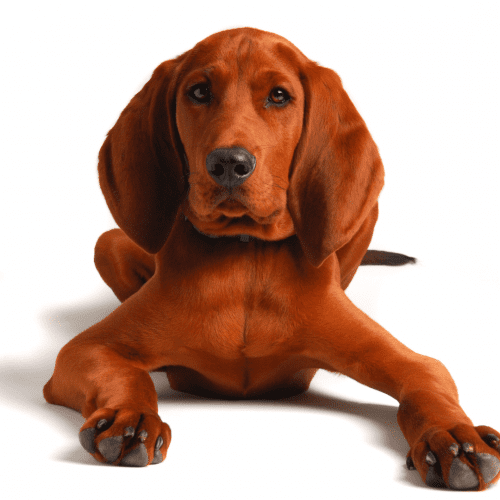

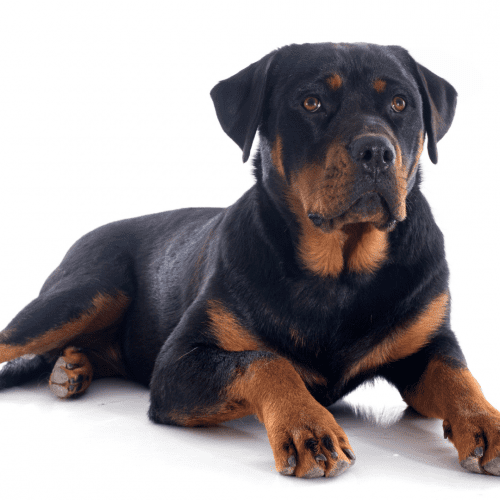

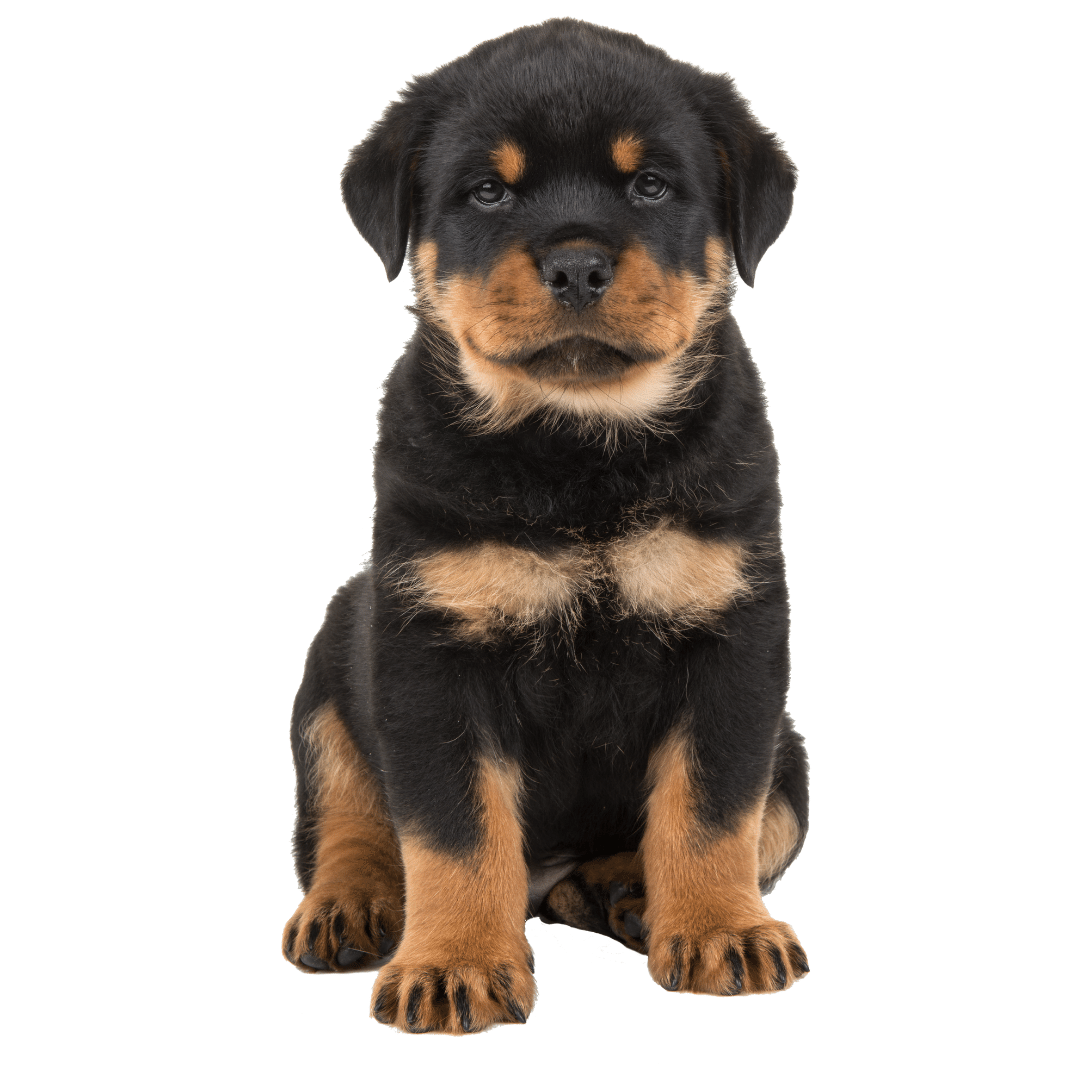
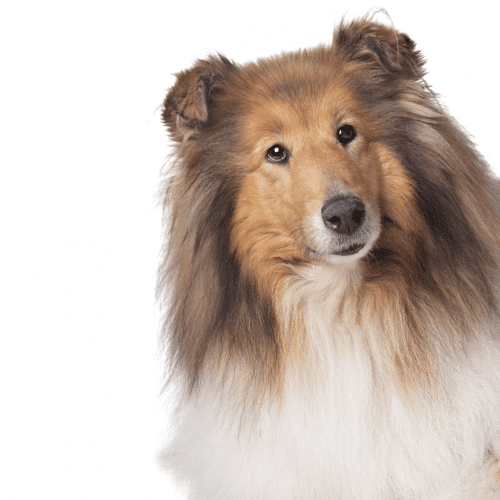
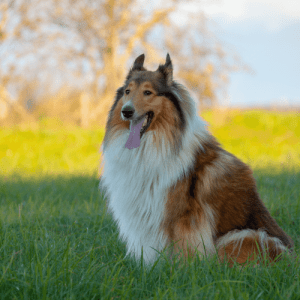
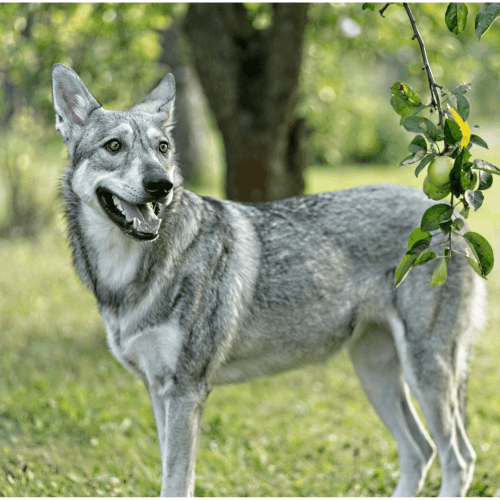

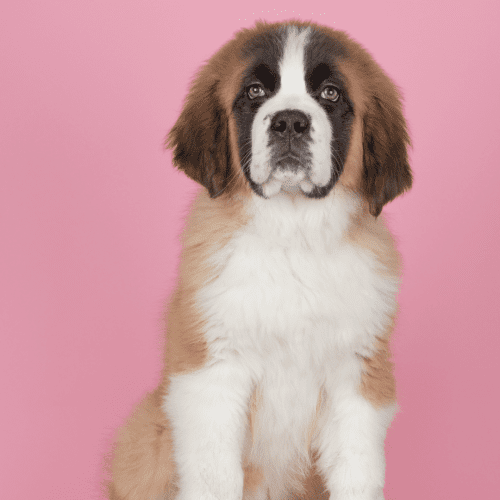

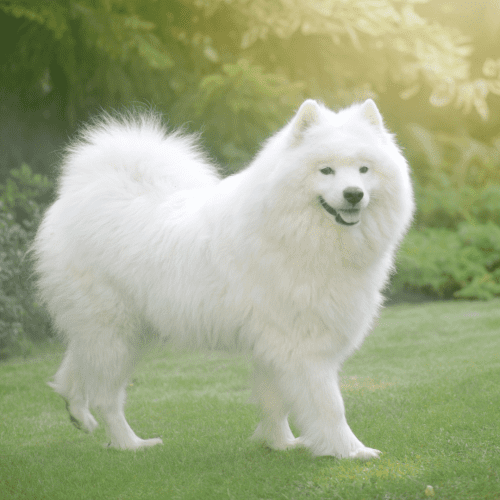

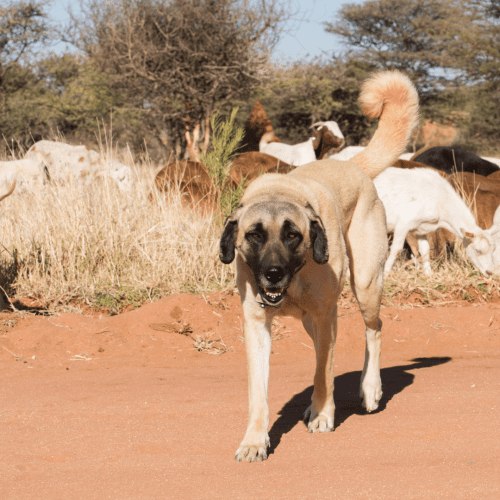
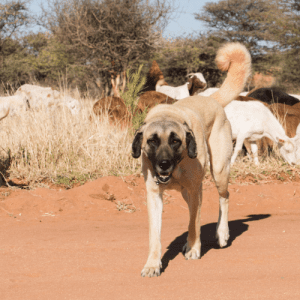
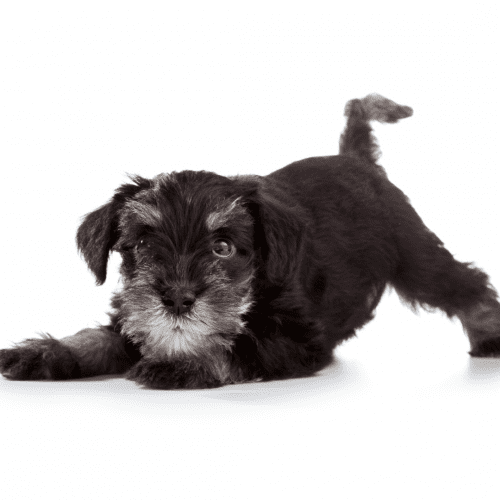

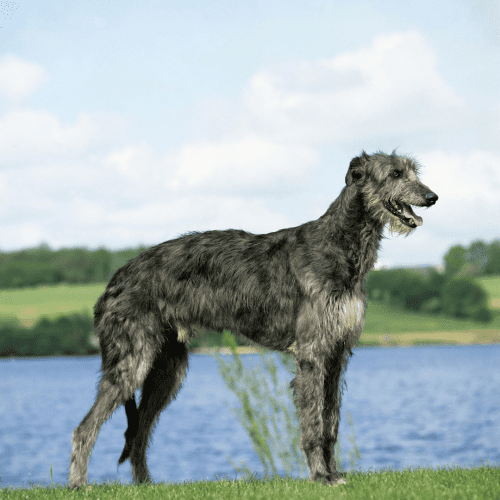
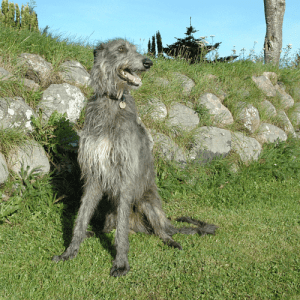 What Is The History Of The Scottish Deerhound Dog Breed?
What Is The History Of The Scottish Deerhound Dog Breed?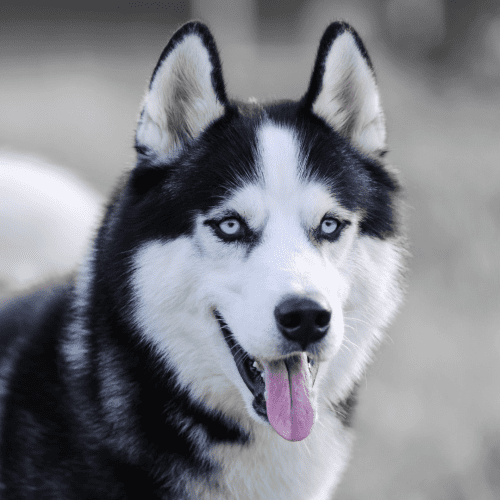
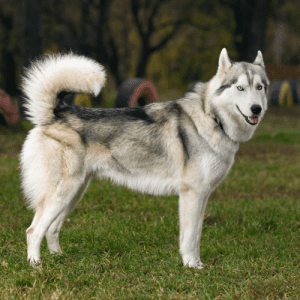 What Is The History Of The Siberian Husky Dog Breed?
What Is The History Of The Siberian Husky Dog Breed?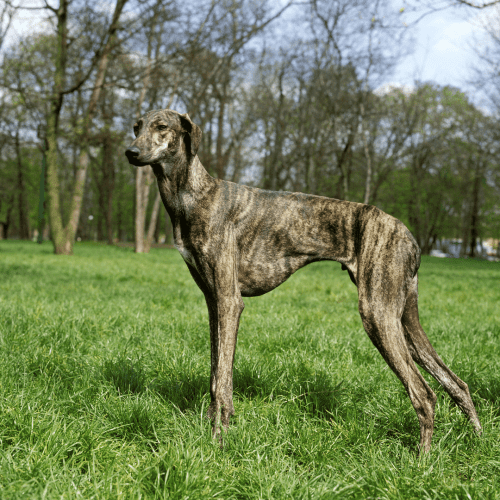
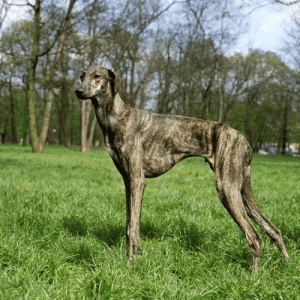 What Is The History Of The Sloughi Dog Breed?
What Is The History Of The Sloughi Dog Breed?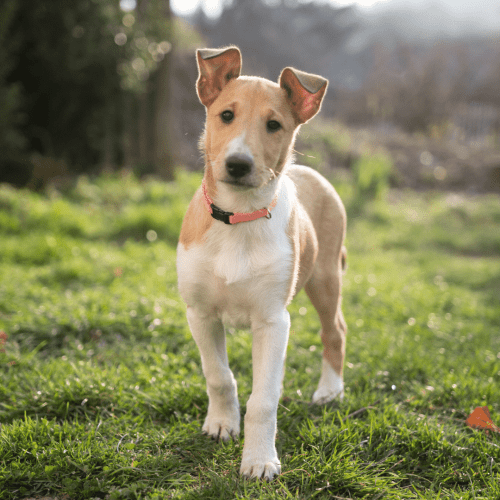

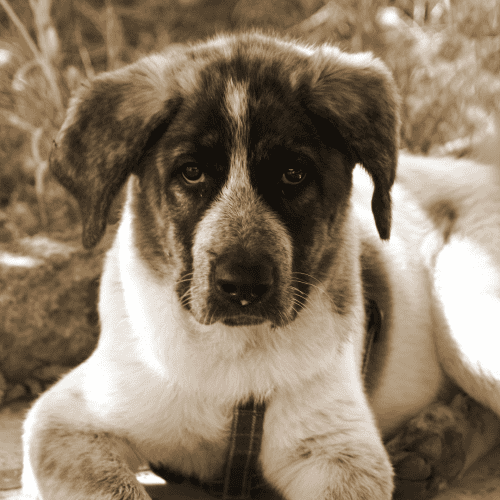
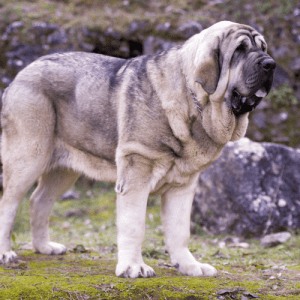 What Is The History Of The Spanish Mastiff Dog Breed?
What Is The History Of The Spanish Mastiff Dog Breed?